Fujinon GF 55mm F1.7 R WR Review
Dustin Abbott
October 24th, 2023
Those who are accustomed to smaller sensors are unlikely to be impressed with a maximum aperture of F1.7, but when you are talking larger medium format(ish) sensors like Fujifilm’s GFX line, this is a HUGE maximum aperture. This is only the second lens on the platform from Fuji with a maximum aperture this large, and in many ways it is an improvement on the 80mm F1.7 that I reviewed a few years ago. The new Fujinon GF 55mm F1.7 R WR is released alongside the very impressive Fujifilm GFX100 II flagship camera, and I had the opportunity to review them both at the same time (you can catch my review of the GFX100 II here). The new GF 55mm is an interesting focal length (roughly the full frame equivalent of 44mm), which provides a very flexible “normal” angle of view that I particularly enjoy. You can get my full thoughts on the lens in my video review below…or keep reading.
Follow Me @ YouTube | Patreon | Instagram | Facebook | DA Merchandise | Flickr | 500px
Thanks to Fujifilm Canada for providing me a review loaner of the GFX100 II and the new GF 55mm F1.7 WR. As always, this is a completely independent review. All opinions and conclusions are my own.
__________________________________________________________________________________________________
I love this focal length for its versatility and very natural framing. It’s great for landscapes…
…for portraits…
…and, thanks to its reasonably close focus abilities and large aperture, the ability to beautifully blur out backgrounds in closer shots.
Here’s a quick rundown of some of the main new features of the GF 55mm:
- Medium Format
- 44mm (Full-Frame Equivalent)
- F1.7 aperture is the brightest on the system
- DC Motor with GMR Sensor AF System
- Rounded 11-Blade Diaphragm
- 2 x Aspherical, 2 x ED Elements
- Weather-Sealed Design & Fluorine Coating
This is an excellent pairing for Fuji’s medium format bodies, providing great image quality, a solid build, and better autofocus than what we saw on the 80mm F1.7 lens. At $2300 USD, it isn’t cheap (the same price as the 80mm), but medium format in general is more about optical excellence than financial bargains. Despite the price I think this is one of the better options on the GFX platform…read on to find out why.
Fujinon GF 55mm F1.7 Build, Handling, and Features
The massive lens mount size of the GFX system really sets the tone for the girth of these GF lenses. The Fuji X-mount (APS-C) is 44mm is diameter; the GF mount is a whopping 76.5mm in diameter. The Canon full frame RF mount is 54mm in diameter by comparison, closer to the APS-C size than the massive medium format dimensions. The front opening of lenses changes according to the focal length and aperture combination, but the rear diameter at the mount is consistent. The GF 55mm F1.7 is nearly identical in size to the 80mm F1.7: 94.7mm (3.7″) in diameter and 99.3mm (3.9″) in length. The 55mm is ever-so-slightly lighter at 780g (1.7lb) compared to 795g for the 80mm. That results in a squat look where the lens is nearly as wide as it s long:
That’s obviously not a small or light lens, and, as such, is a departure from the two existing lenses closest in focal length in the 50mm F3.5 and 63mm F2.8. Both of those lenses have a considerably smaller maximum aperture and are smaller, lighter, less expensive lenses. Here’s a quick spec comparison across all four lenses.
The industry standard for focal lengths is the full frame/35mm standard, where the 55mm MF lens has a 44mm focal length equivalent. While F1.7 doesn’t sound very impressive as a maximum aperture if you’re accustomed to full frame or APS-C lenses, this is (according to Fuji) the “brightest” (widest aperture) lens available for medium format. Aperture is a somewhat tricky subject, as there is no simple “equivalency” like there is for focal length. An F2.8 aperture, for example, is a constant measurement of the physical opening of a lens’ iris whether on APS-C, full frame, or medium format. So, for light gathering purposes, an F2.8 aperture will produce the same exposure on all three systems.
So, that’s one answer. F1.7 on medium format is the same as F1.7 on full frame when it comes to how much light can pass through it.
But that’s not the whole picture, as depth of field varies radically depending on the sensor size. Medium format lenses often have relatively small maximum aperture sizes but yet can produce amazingly shallow depth of field results with lovely, creamy bokeh. The “crop factor” relative to the 35mm sensor size of Fuji’s GFX mount is 0.79, which means that the GF 55mm will perform similarly to a full frame 44mm F1.3 lens for framing and depth of field, though the light gathering potential of the lens is only F1.7. Confused yet?
Up front we have a fairly common 77mm filter size that is shared by the 80mm lens.
The included hood is petal shaped and made of plastic and has a smooth satin finish that hopefully won’t be too susceptible to marking (a frequent problem with a smooth rather than flocked finish). It does have a lock to make sure that it doesn’t get inadvertently bumped loose.
The GF 55mm has a rubber gasket at the lens mount, internal seals, and a fluorine coating on the front element to give it a professional grade of weather resistance. This is what the WR in the name stands for.
One departure from the 80mm in design is that Fuji has moved up to an 11 bladed aperture iris, as the high blade count lens itself to rounder bokeh highlights as the lens is stopped down.
This is a positive change, in my opinion. As we will see in a bit, the quality of the bokeh is one of the highlights of the lens.
Minimum focus distance is 50cm (1.6 feet), and the lens produces a a decent 0.17x maximum magnification.
That’s not going to set any records, but it is high enough to be useful in shooting up close…and lens performance stays high there. Pair this lens with one of Fuji’s high resolution MF bodies, and you can easily crop in tight to make things look a lot more macro-ish.
The lens design and features on the lens is going to be instantly familiar to anyone who spent any time with Fuji lenses. There is a dual approach to aperture with both a manual aperture ring along with an “A” mode (automatic) that allows aperture to be controlled within camera. On GF lenses there is also a “C” mode, which stands for command, giving you yet another way (command dial) to control aperture. The “R” in the lens name refers to this aperture ring.
The focus ring is wide and rubberized, and that section of the lens is the largest in diameter. Your hand will fall naturally to that area. The damping and precision is fairly good, though, as per usual on Fuji cameras, it will take a lot of rotations on the focus ring to make any major focus changes. It is better used to fine tune focus if you want a slightly different focus point than what AF selects.
There are no switches on the lens barrel. AF/MF will be handled by on camera controls, and there is no focus limiter. There is also no lens-based stabilization, though in camera stabilization has been a constant feature of Fuji’s GFX cameras, so it pretty much a moot point. I was able to handhold very low shutter speeds with the lens/camera combination…like this shot at 1/3rd second.
The lens looks good mounted Fuji’s very handsome looking new GFX100 II. It has a nice profile and looks like it belongs.
There are no surprises here in the build and handling. Fuji has a formula that they are sticking to for now. With the advances in video features on the GFX100 II, however, it would be useful to see an option to declick the aperture and perhaps to have a few more on lens controls.
Autofocus Performance
While there are some Fuji GFX lenses with a linear focus motor (LM), Fuji has elected to go with the older DC motor technology in both of these large aperture lenses. I’m not sure that I fully understand the reasons why, though I will also note that the largest aperture lens on the XF platform (the XF 50mm F1.0 which I reviewed here) also didn’t use an LM motor even though they are even more common with XF lenses. Clearly Fuji has a challenge in implementing linear motors in some of these more demanding lenses. Sony is the best example of how to do with right now, with their 50mm F1.2 G Master employing 4!!! equivalent type motors to make sure that autofocus is effortless even with the very large maximum aperture. I think that learning to design with multiple linear motors is the way forward for autofocus on premium lenses like the GF 55mm F1.7.
But that’s not what we have. We have a DC motor instead, and what that means is that focus is definitely not silent. You hear some scratchy motor sounds whenever larger focus changes are made, and those will definitely be picked up by the on board mics during video capture even though Fuji has done a good job in damping focus changes (and thus noise) during video capture.
Fuji’s goal has been to make a previously inaccessible format more “populist” by giving its medium format cameras autofocus performance that is close to what’s achievable on smaller formats. Every generation is to be “the one” where autofocus truly catches up, but there is of course the reality that this is a moving target. Autofocus development on the mirrorless front in smaller sensors has rapidly advanced over the past five years, and while the new GFX100 II that I used to test the lens on is definitely the most advanced autofocusing medium format camera that Fujifilm has produced to date, it is still far removed from the top 35mm cameras. I’ve seen one reviewer claim that autofocus is as good as the Sony a7R5 (a camera that I own), but I suspect this person doesn’t have much experience with the a7R5. I ran some head to head tests, and even using an inexpensive Viltrox AF 28mm F1.8 that I happened to be testing at the same time, autofocus performance was faster, more confident, and more accurate for both stills and video with the Sony combination despite the lens costing more than 6x less. But let us lay aside these comparisons outside the system, as a more accurate snapshot of what is going on is a comparison with what has been happening on Fuji’s own smaller sensor cameras.
I saw focus results with the 55mm and GFX100 II combination that is fairly similar to what I’m seeing with my X-H2, with AI tracking doing a good job of identifying subjects and following them, though the very narrow depth of field at close focus distances will often show one shortcoming: focus is typically on the eyelash or lid rather than the iris. That was true with an animal subject:
…and also with a human subject.
This comparison of a few shots of Nala shows the difference between that front focused result and a (unfortunately) rare accurately focused result:
My experience is that the slightly front focused result is the more typical result.
With a little more depth of field, however, I found Eye AF to be very accurate at a variety of focus distances. I had excellent portrait results with the GF 55mm F1.7 at a variety of focus distances and angles, and even when I put obstructions like branches, leaves, or pine needles in between myself and the subject.
I also saw mostly good results in backlit situations. I shot a photo of a golfing buddy teeing off with the strong autumn afternoon directional sun coming right at me, but you can see that the end result is well focused.
This shot is the only one that I had to resort to manual focus for, and it was largely because I was shooting a narrow backlit subject. Autofocus didn’t want to come close (kept focusing on the background), so I used manual focus to nail the shot.
This shot was arguably more difficult, and, while I got a few pulses, autofocus really nailed the shot.
Autofocus also locked on accurately even when shooting in extremely dim conditions – like this bookshelf basically in the dark. I got a 1/40th of second shutter speed shooting at ISO 12,800 and using an F1.7 lens (the fastest maximum aperture currently available on the system).
Autofocus slows down, obviously, but not in an extreme way.
Autofocus also worked well for landscape shots or shots with larger depth of field:
So, by and large, I had very good focus results with still subjects.
So how about if subjects are in motion? I had a mixed bag of results in those scenarios. Trying to grab photos of Nala walking towards me (Bengal cats don’t want to stay still when the camera comes out!) was an exercise in frustration. I didn’t get one well focused results as the camera/lens tried to grab focus quickly.
But things were much better when I had my son shoot some layups for me. Tracking immediately picked up his face and followed it successfully throughout the movement and follow through. Not every frame is perfectly focused (most misses come about 3-4 shots into the sequence for some reason), but I also didn’t see any big swings to front or back focus. I would estimate about 80% of the shots were well focused.
So no, that’s not Sony a7RV level of performance, but it is pretty fantastic for medium format…and when you consider that each file is 102MP!
I also saw a bit of a mixed bag when testing video autofocus. Focus pulls were relatively fast and smooth for medium format. I also saw less obvious stepping. But what I also saw was a frequent lack of confidence in locking focus. There were a few focus pulses and sometimes focus never transitioned properly to the new subject. In real world shooting I also saw some hunting and pulsing in landscape scenes, though most were okay.
My hand test was fairly successful, and while focus transitions were slow enough that sometimes I had started the next movement before it arrived there, a few of the cycles were accurate and smooth. My experience with Fuji’s current state of autofocus across its cameras is that the AF system works best when a trackable subject is in the frame.
Autofocus is still probably the weakest part of this lens, though I found that for the most part autofocus got the job done without a lot of drama. I didn’t love it for shooting video, but for stills the autofocus was generally pain free.
Fujinon GF 55mm F1.7 Image Quality Breakdown
The GF 55mm F1.7 features an optical design with 14 elements in 10 groups, which includes 2 aspherical and 2 ED elements. This is a bit more complex than what we saw with the 80mm F1.7.
This is a great optical design which does a nice job of balancing the tensions between sharpness and a quality of rendering.
So let’s dive into the details. First up is vignette and distortion. There is a little more distortion (and much more vignette) than the 80mm, unfortunately.
There is a mild amount of pincushion distortion that corrects in a fairly linear fashion (a +5 gave me the best results). Vignette was quite heavy without correction, needing a +86 to brighten up the corners, which is over 3 stops.
Fortunately Fuji’s RAW correction profiles are very good, so the results I saw in post already looked good and I had to “uncover” the flaws by turning off corrections. JPEG and HEIF files will receive autocorrection in camera if enabled, as will video.
What is better handled here on the GF 55mm F1.7 is longitudinal chromatic aberrations (LoCA), of which I saw very little.
I see very little fringing even on this real world shot of a high contrast camera against a white background.
Neither did I see issues with lateral CA, which shows up along the edges of the frame. Results looks clear in either my test chart or real world results.
That’s really a pretty good result considering that this is a faster aperture than most medium format lenses and it is being examined on a punishing 102MP sensor.
So let’s see how that plays out for resolution and contrast. Here’s a look at my test chart that we will take the crops from:
And here are the high magnification crops from across the frame (center | midframe | corner):
That’s obviously a really fantastic result. Sharpness and contrast look great all across the frame. Nothing looks weak. Even the corners look strong.
That’s incredible.
While the 80mm was a very strong lens, the 55mm is sharper still, and that is most obvious in the corners.
The amount of detail at F1.7 and 102MP is extremely impressive.
This makes shooting full length portraits effortless, as you can shoot a F1.7 and get a nice subject separation along with an amazing amount of detail on your subject.
Stopping down to F2 gives a bit of a contrast boost across the frame…not that anything was lacking before!
Stopping down to F2.8 makes no change in the middle and tiny improvements elsewhere. Stopping down further makes no difference in the center and midframe but will give you slightly sharper corners. Landscape apertures will give you stunning amounts of detail all across the frame.
I showed a photo of this old bridge earlier. Look what happens if we zoom right into the bolts on the side of the bridge. There is amazing detail there.
Minimum aperture is F22, but diffraction starts setting in after F8, so by F22 the image is quite soft by comparison to F1.7:
I would stay at F11 or larger and avoid F16 and F22 because of diffraction.
This is an incredibly amount of resolution. You can easily create images from within images on a sensor and with a lens like this. I can take this shot, which looks fair wide angle:
…and deeply crop to make an image that looks like a telephoto look at the same scene.
Equally nice is the bokeh quality, though. Here’s a couple of examples taken at, surprisingly, ISO 12,800 (which just goes to show the potential of this platform). Up close the background just blurs away…
But if I move back a bit, I also find very nice and natural falloff to defocus.
In a fairly distant portrait setting when nothing is completely blurred out, there is a nice transition to focus on the subject and then a nice defocus away. The subject has very good 3D pop.
Here’s a look at foreground bokeh, which is also nice and smooth and transitions well to the focus on the mums.
Flare resistance was mostly good. There’s a few bits of stray ghosting blobs here and there, but for the most part I felt like contrast held up well.
Color rendition is often a strength for Fuji glass, and that’s true here. I was really happy with the colors I captured in my images and how easy they were to edit.
I also tested for coma by shooting the night sky. I found that start points looked great in the center of the frame, but they definitely “grow wings” towards the edges of the frame. It’s not terrible, but not great, either.
There is far more to praise here than there is to criticize, however. The GF 55mm F1.7 WR strikes me as being one of the better GFX lenses that I’ve tested thus far. Feel free to check out more photos in the image gallery here to get an even greater sense of lens performance. This is a lens that can produce some stunning images.
Conclusion
The Fujinon GF 55mm F1.8 R WR is going to be a very welcome addition to the GFX lineup, as it does hit what I feel is a very interesting focal length and does it a maximum aperture size that equals the largest that Fuji has ever attempted. This allows you to get great looking images with wonderfully shallow depth of field.
While we don’t have linear motor autofocus here, it is at least improved over what I saw with the GF 80mm F1.7. Focus is quick enough for some action photography, though I still feel like portraits, weddings, landscapes, architecture, and other slower moving subjects are your best targets with the GFX system.
At $2300 USD, the lens is not cheap, but neither is it more expensive than the premium prime lenses on full frame platforms. Most importantly, it is a great pairing for Fuji’s extremely high resolution medium format camera bodies, and this particular focal length is just so useful for so many different types of photography. This is a lens that could stay glued on your camera most of the time. The GF 55mm F1.7 R WR is destined to become a favorite to a lot of Fujifilm’s GFX shooters, and I’m very glad to have it added to the catalog. It would definitely be on my personal shortlist should I ever invest in the GFX system.
Pros:
- Well built lens with quality weathersealing
- Extremely useful focal length
- Currently the largest maximum aperture on MF
- Good autofocus accuracy
- Fairly quick autofocus speed
- Amazing sharpness even at F1.7
- Next to no chromatic aberrations
- Strong contrast
- Nice bokeh
- Good flare resistance
Cons:
- Strong vignette
- Noise during autofocus
- Some pulsing during video autofocus at times
__________________________________________________________________________________________________
GEAR USED:
Purchase the GF 55mm F1.7 R WR @ B&H Photo | Amazon | Camera Canada | Amazon Canada
Purchase the Fujinon GF 80mm F1.7 @ B&H Photo | Amazon | Camera Canada | Amazon Canada | Ebay
Purchase the GFX100 II @ B&H Photo | Amazon | Camera Canada | Amazon Canada
Purchase the GFX100S @ B&H Photo | Amazon | Camera Canada | Amazon Canada | Amazon UK
Want to support this channel? Use these affiliate links to shop at: B&H Photo | Amazon | Adorama | Camera Canada | Amazon Canada | Amazon UK | Ebay | Make a donation via Paypal
Buy DA Merchandise https://bit.ly/TWIMerch

Keywords: Fujinon GF 55mm F1.7 W RW, GF, 55mm, F1.7, R, WR, 55mm F1.7 Review, Fuji 55mm Review, Fuji GFX 100 II, Fujifilm GFX100 II, GFX100 II, Fujifilm, Fujinon, Fujifilm GFX100S, Fujifilm GFX-50S II, Review, Fuji, Medium Format, MF, Portrait, Bokeh, Sharpness, Resolution, Video Test, Sample Images, Real World, Comparison, review, Dustin Abbott, dustinabbott, letthelightin, DA, #fujifilm, #fuji, #GFX
DISCLAIMER: This article and description contains affiliate links, which means that if you click on one of the product links, I’ll receive a small commission. As an Amazon Associate I earn from qualifying purchases.












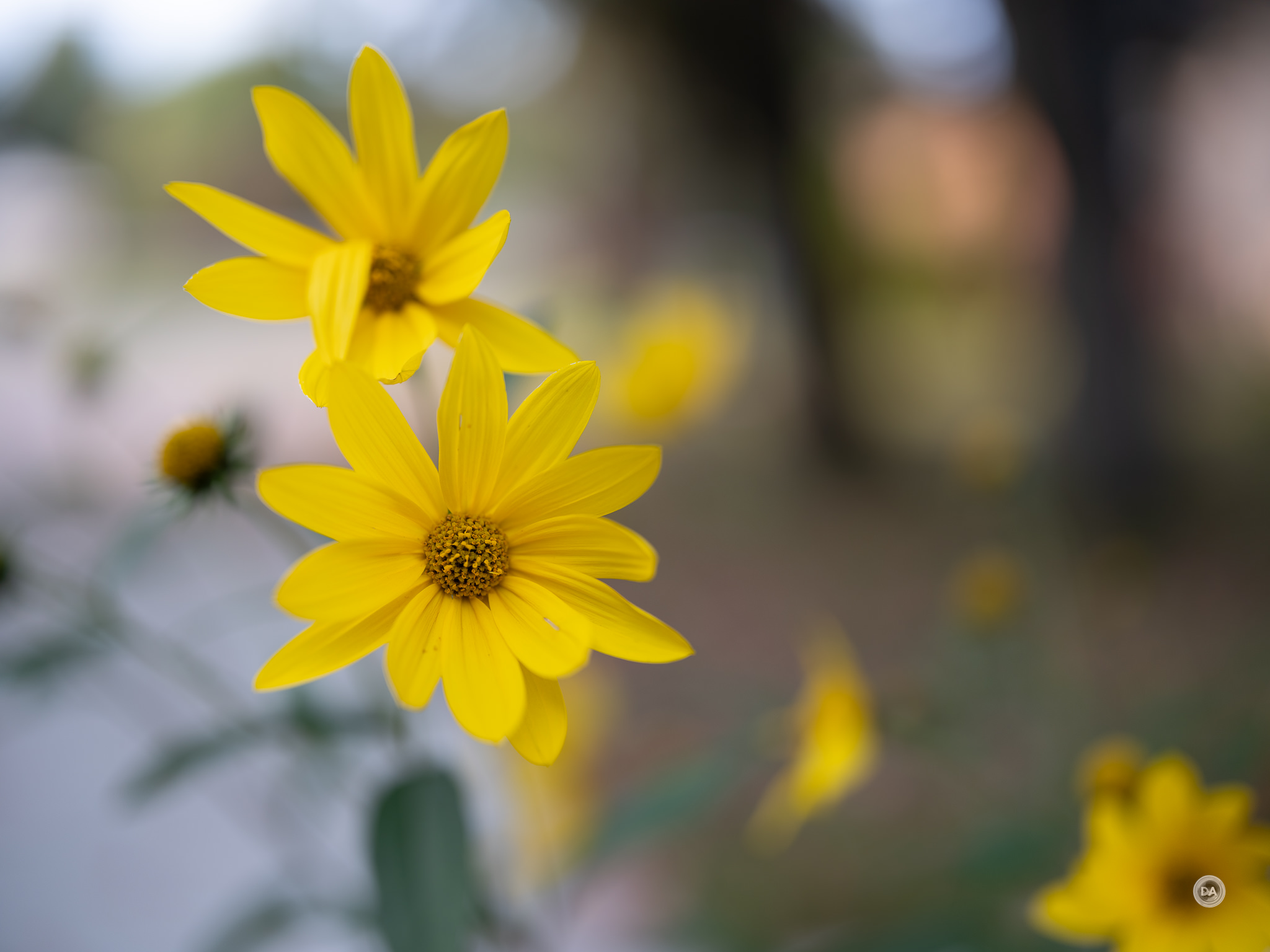


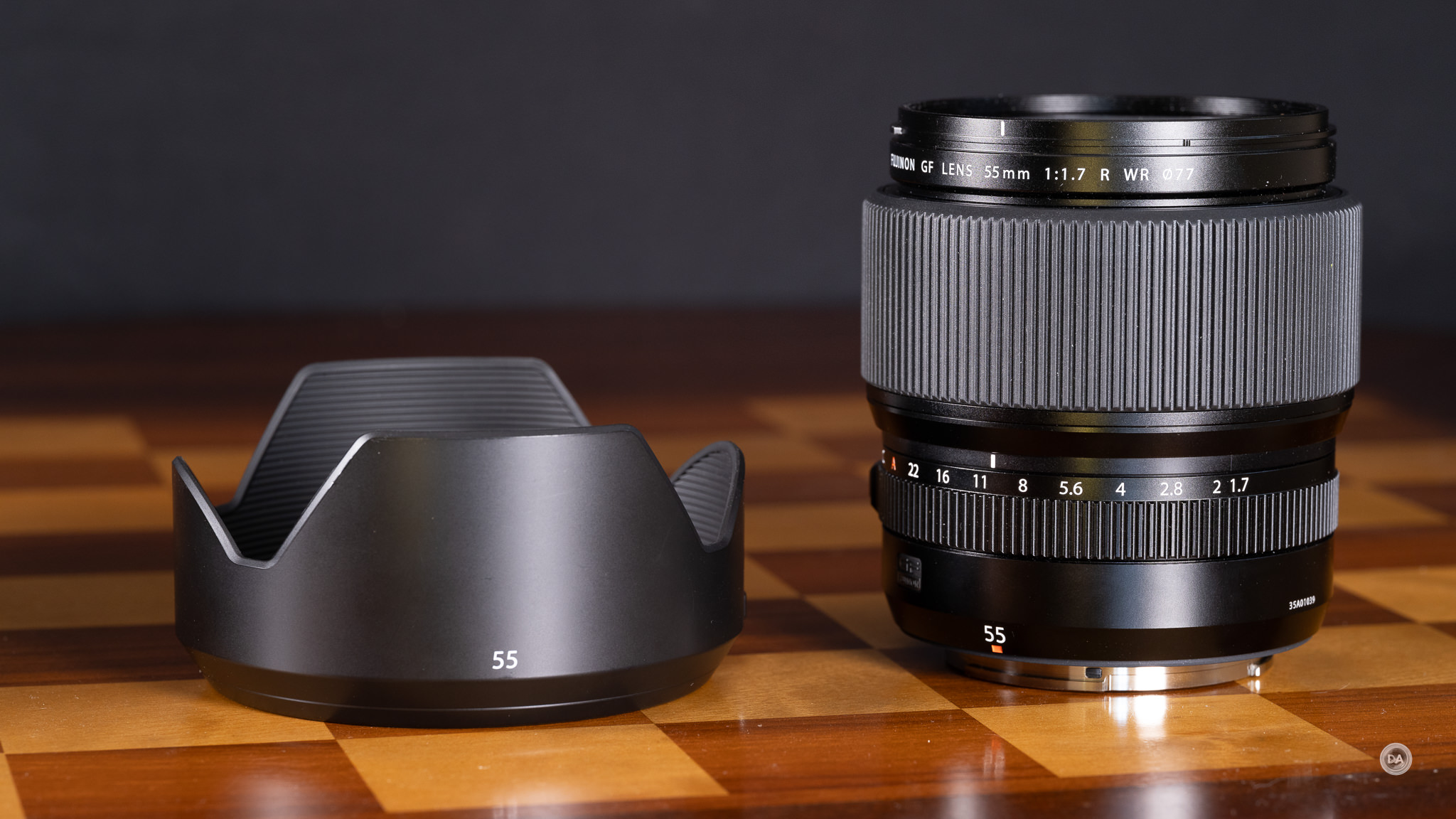
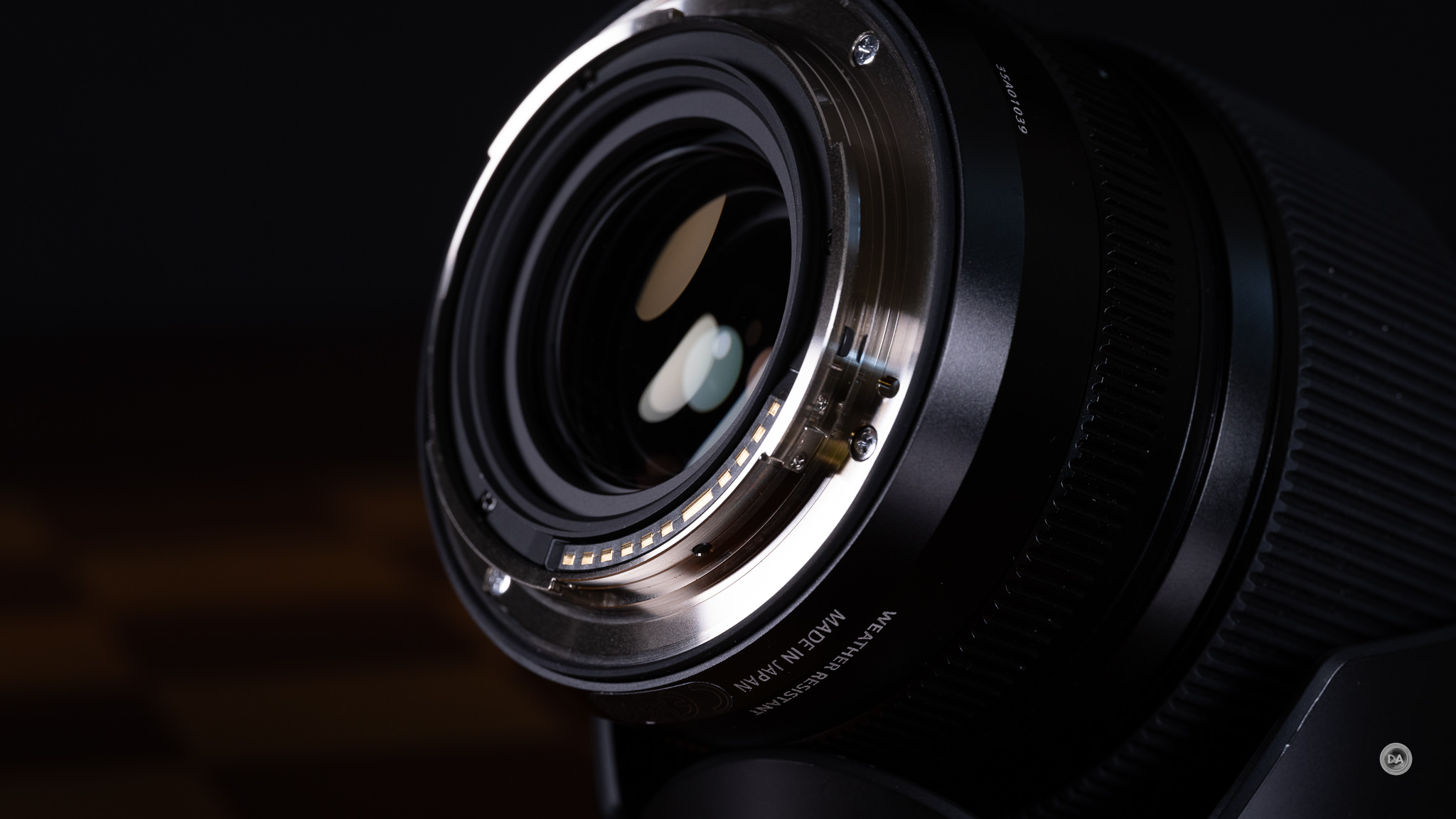
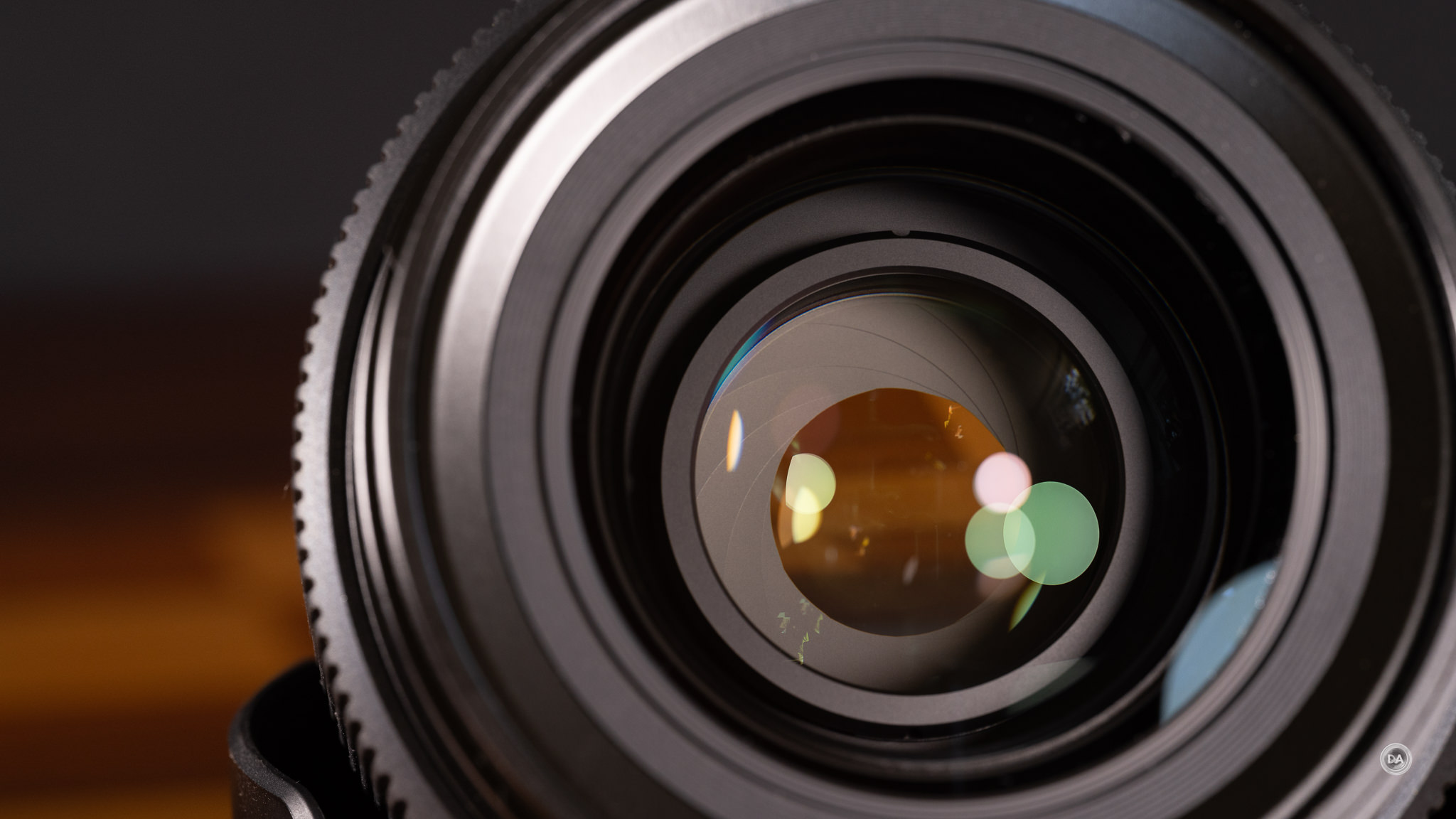

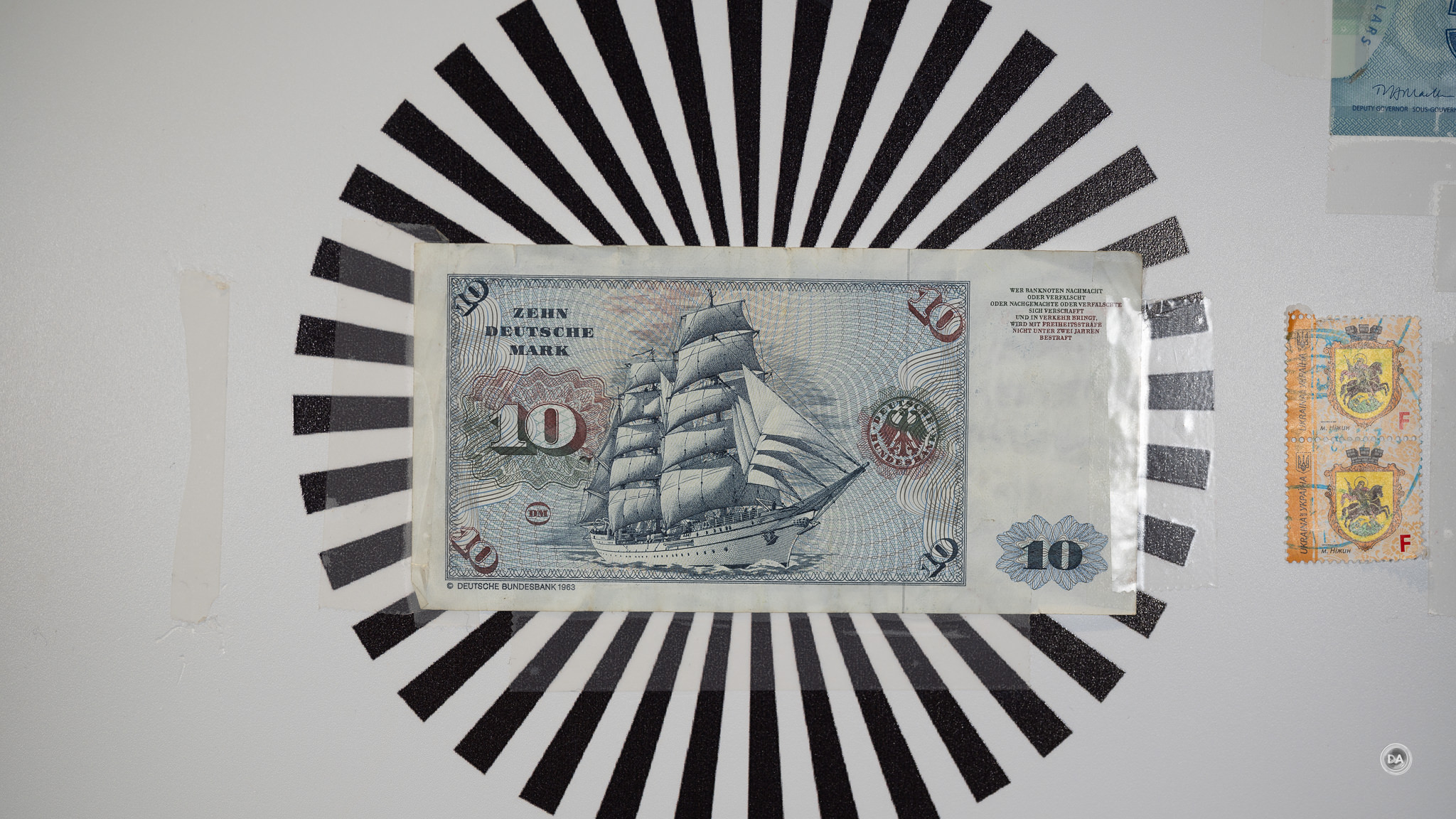
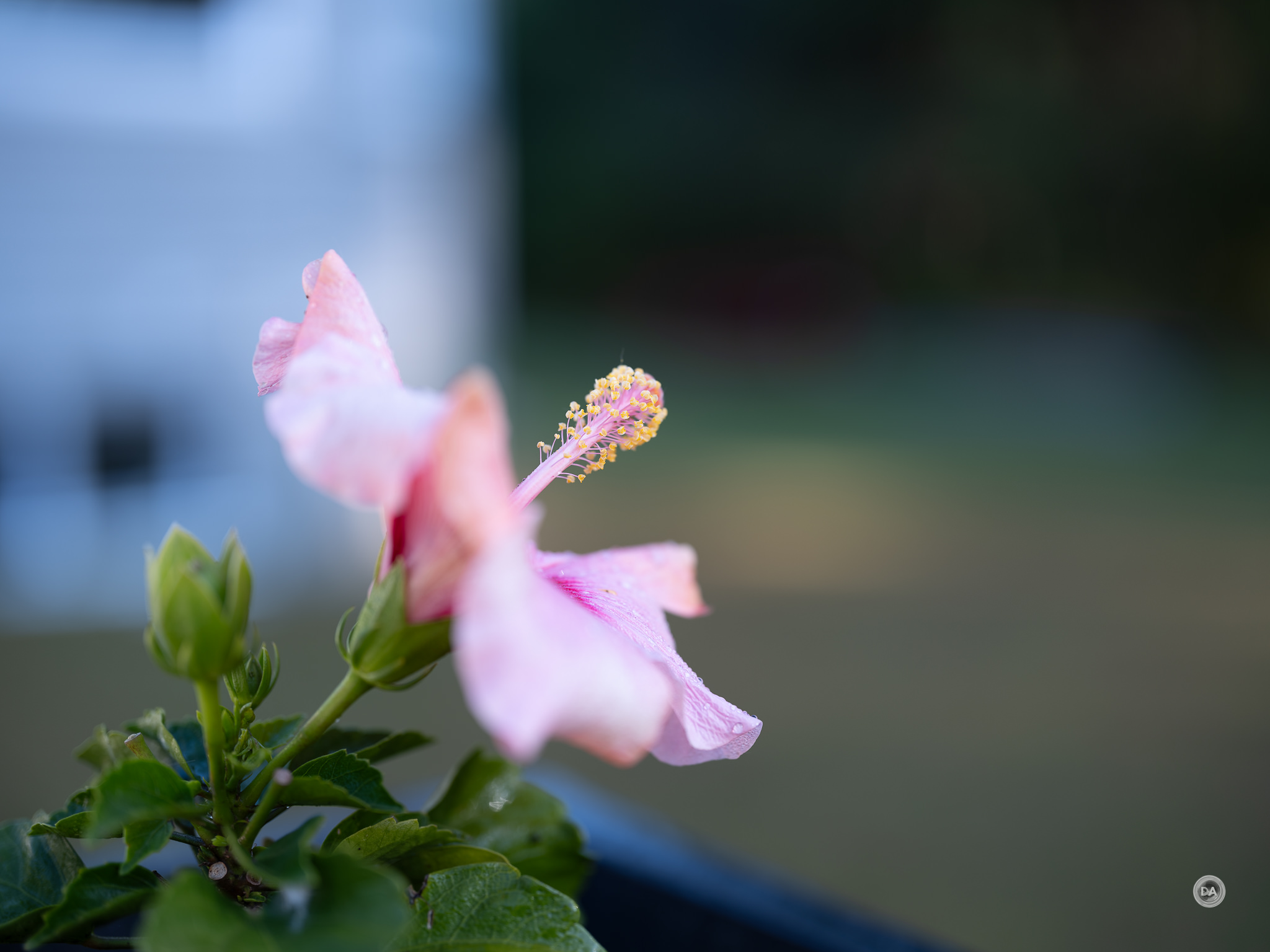
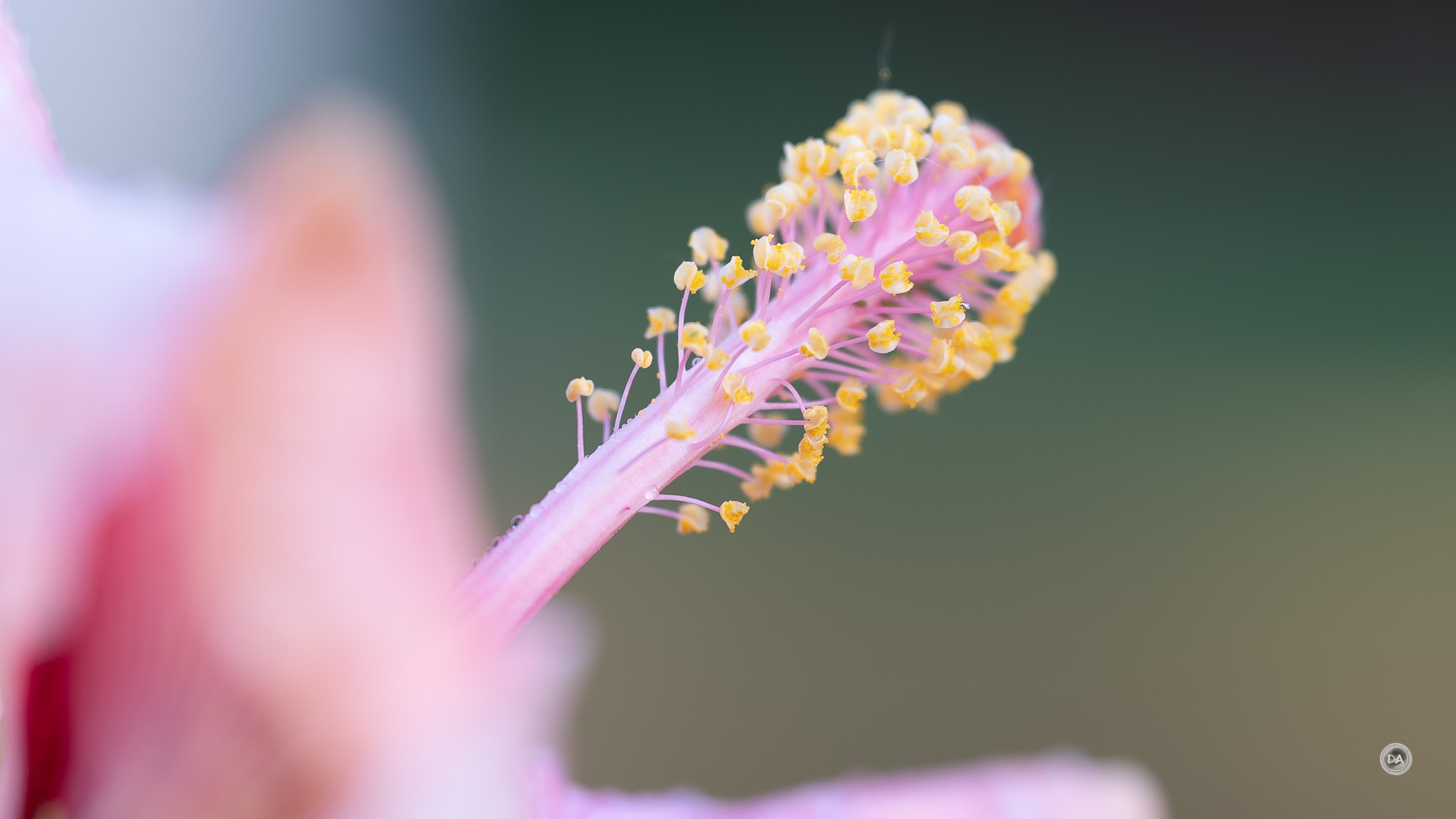
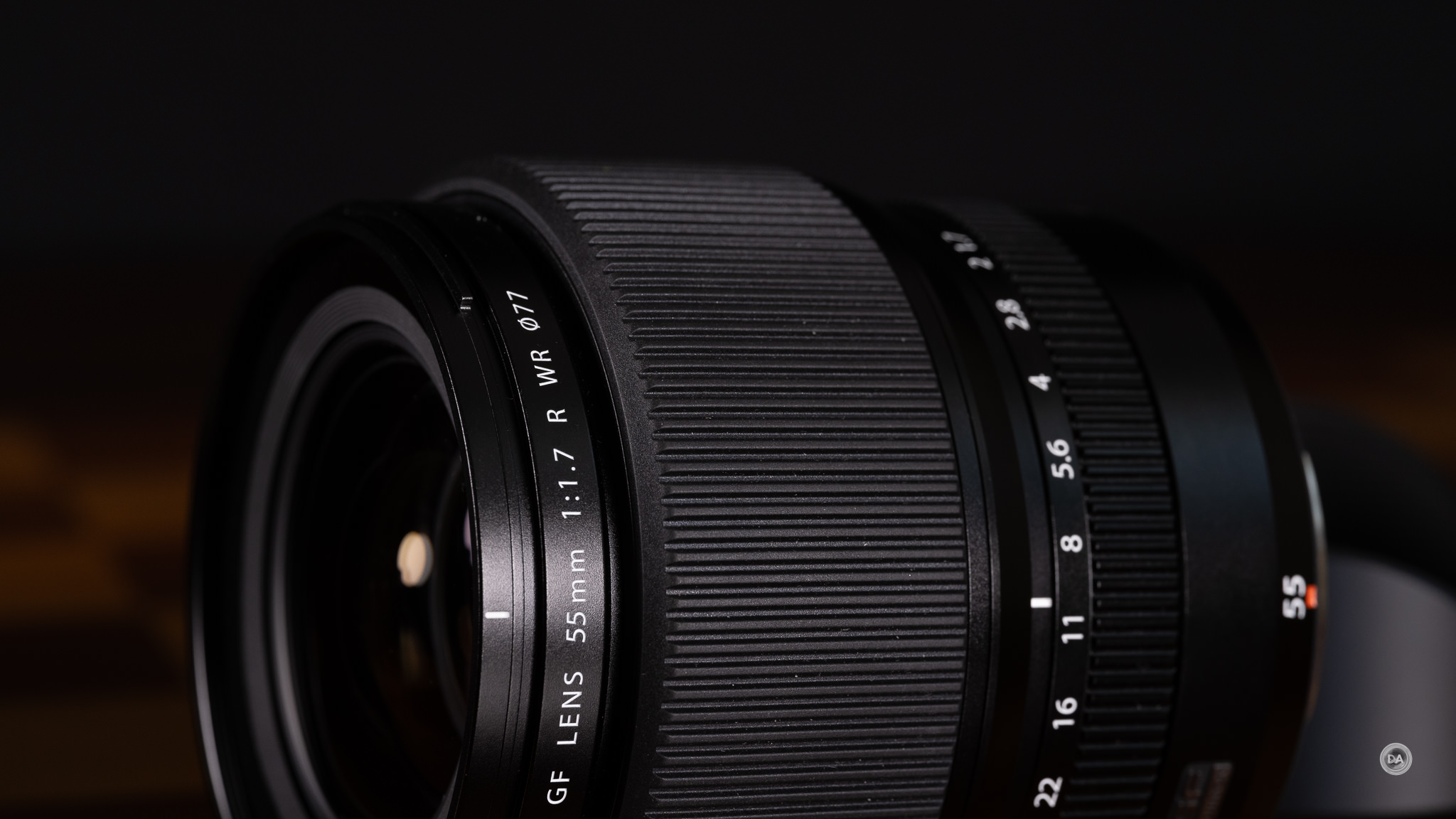
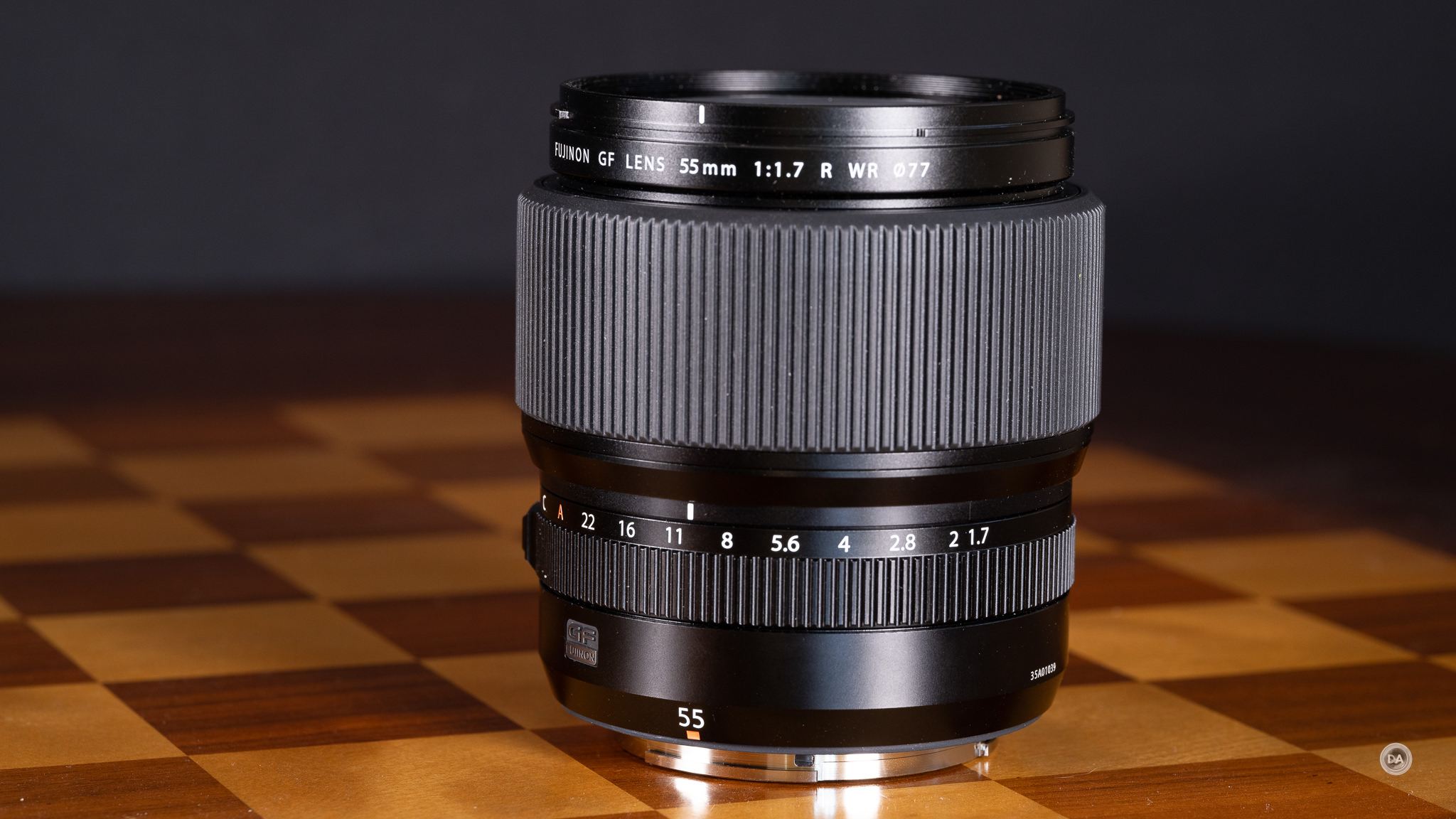
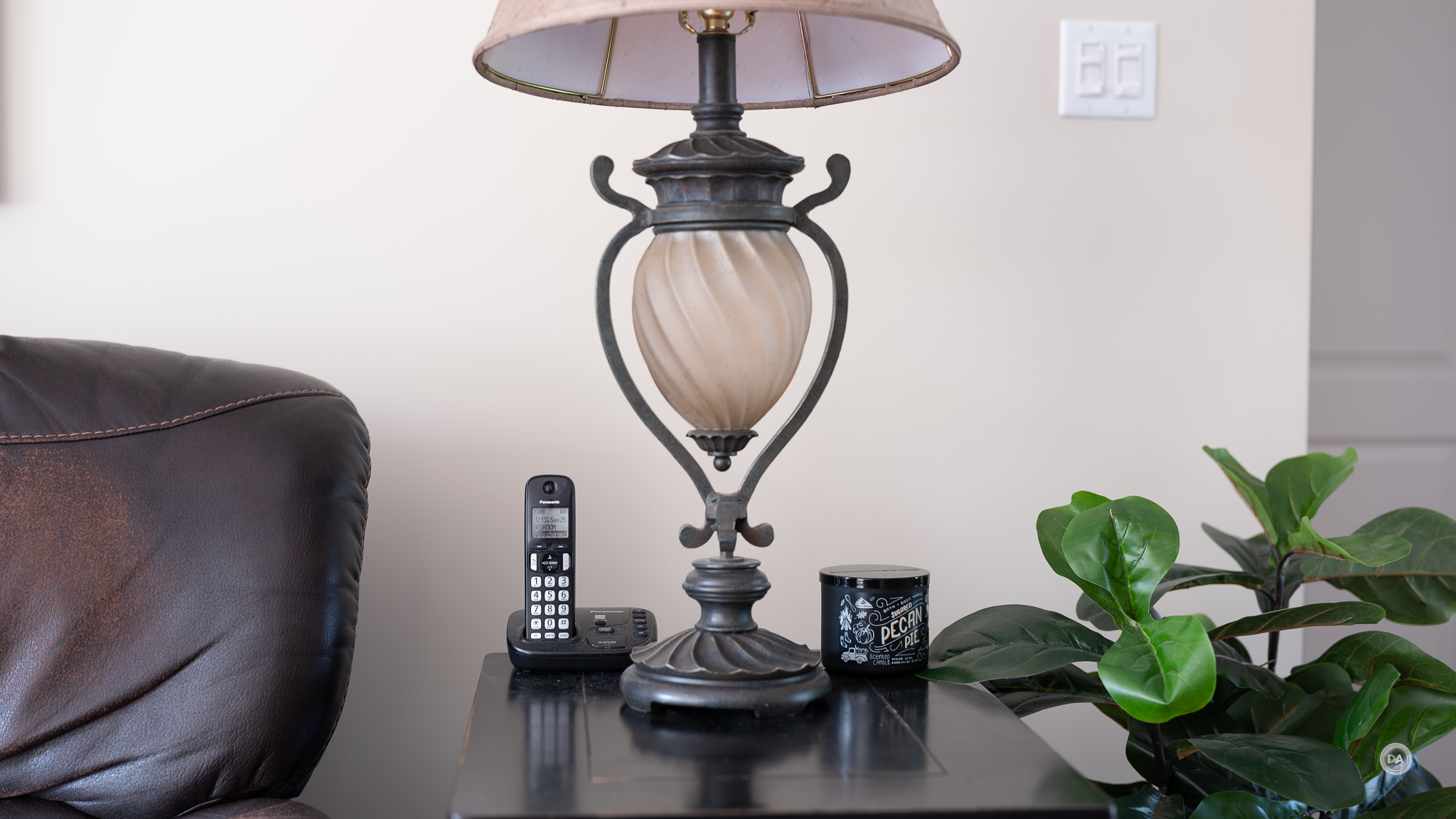
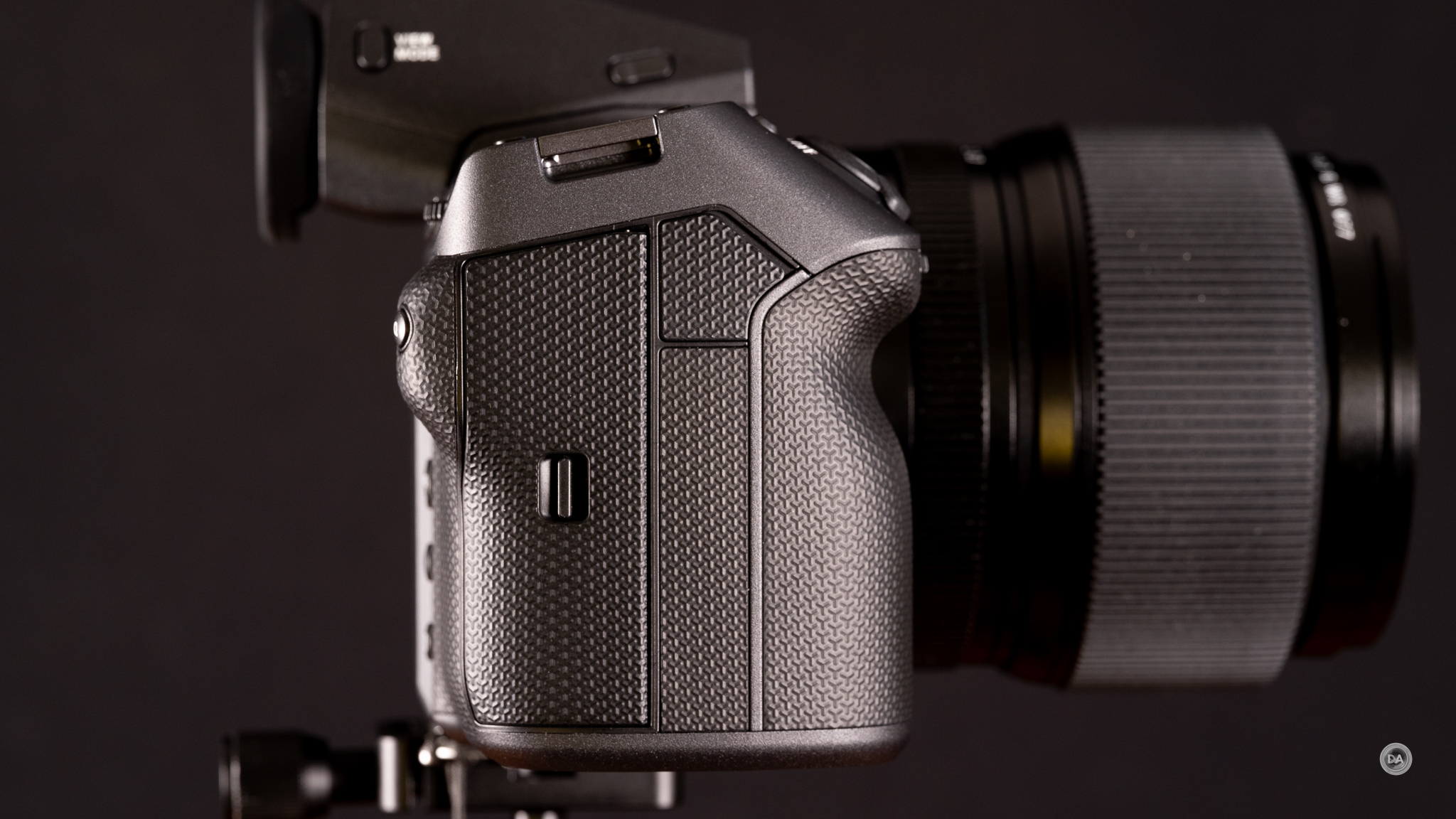


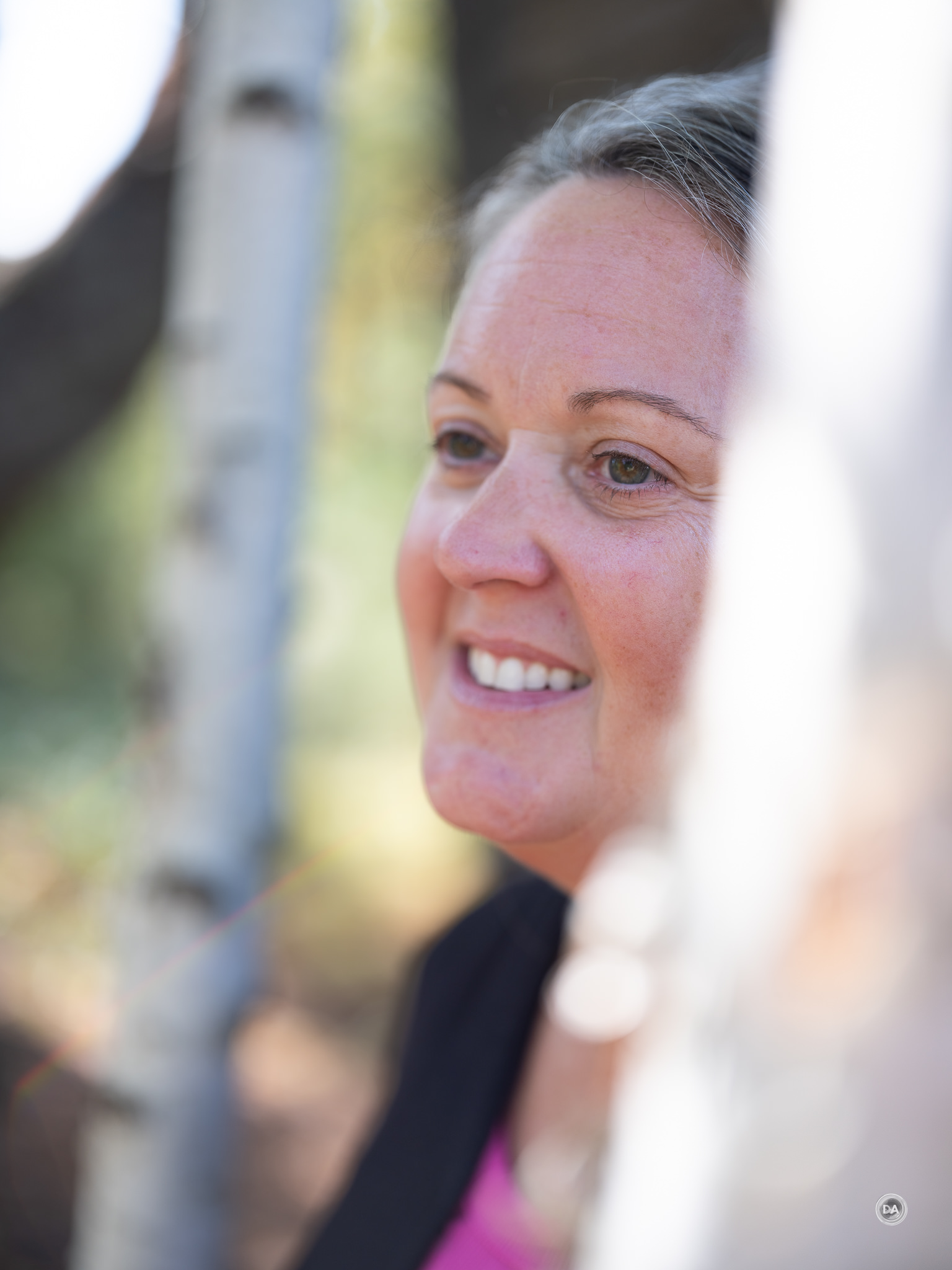

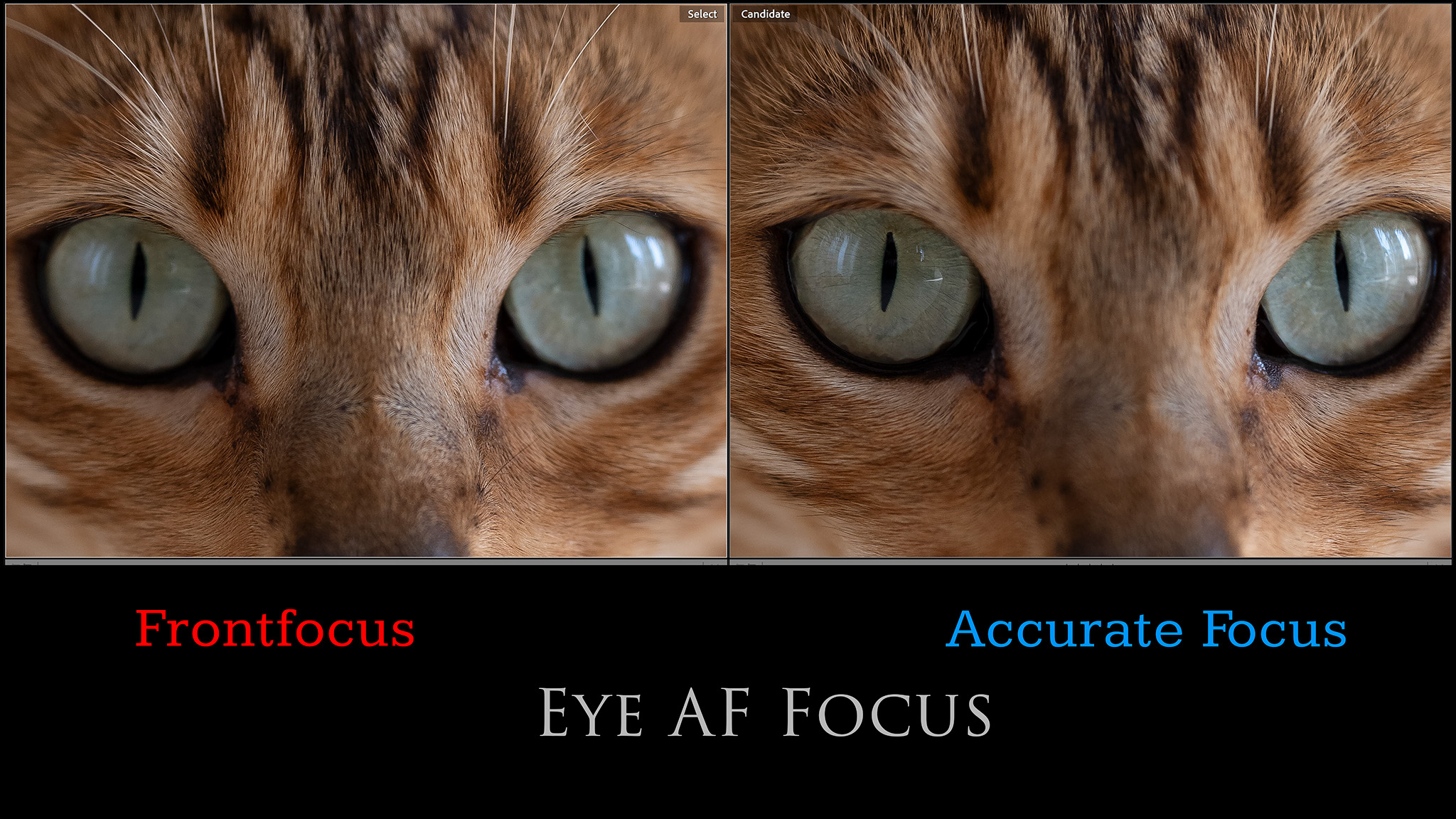



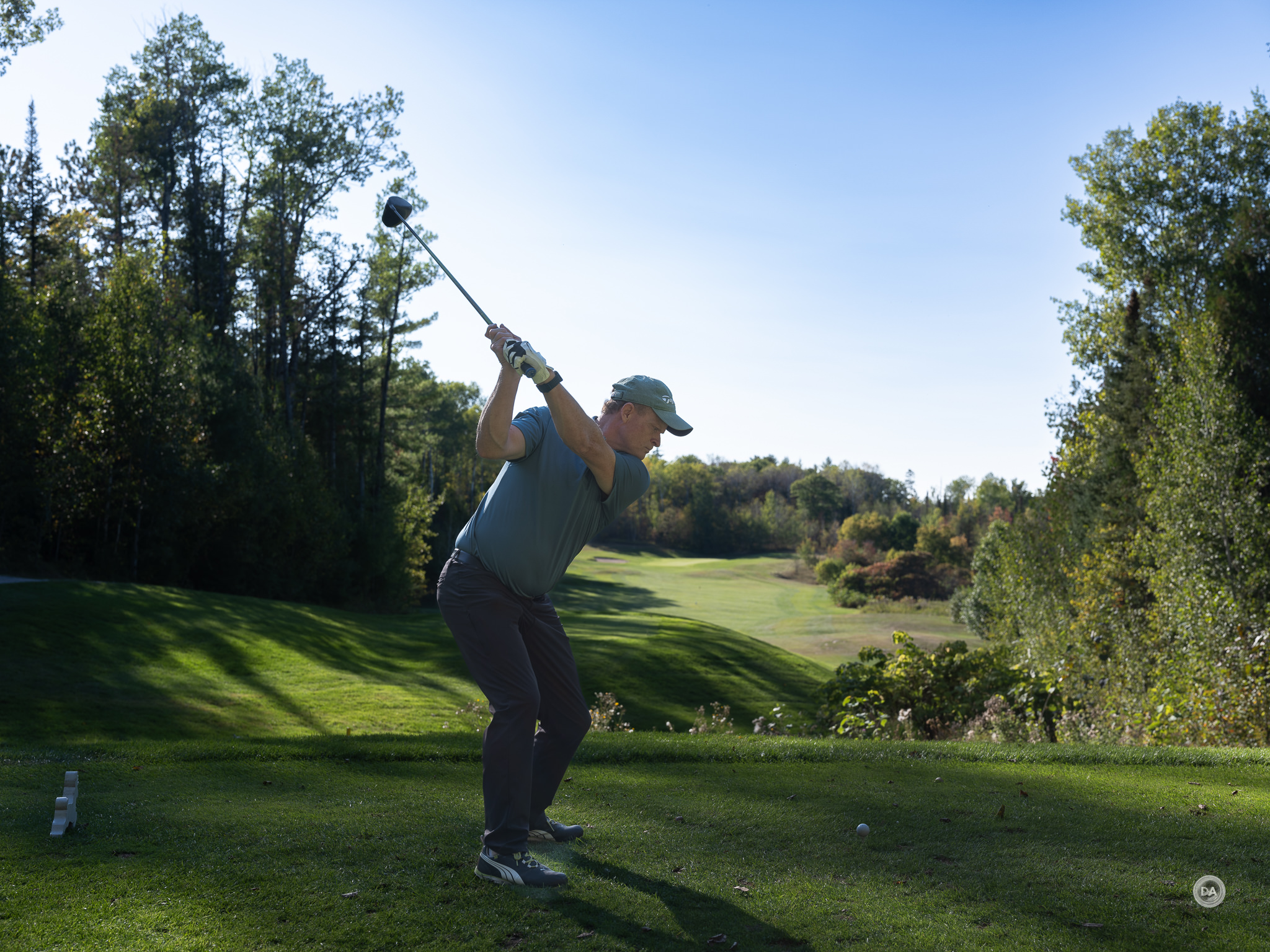

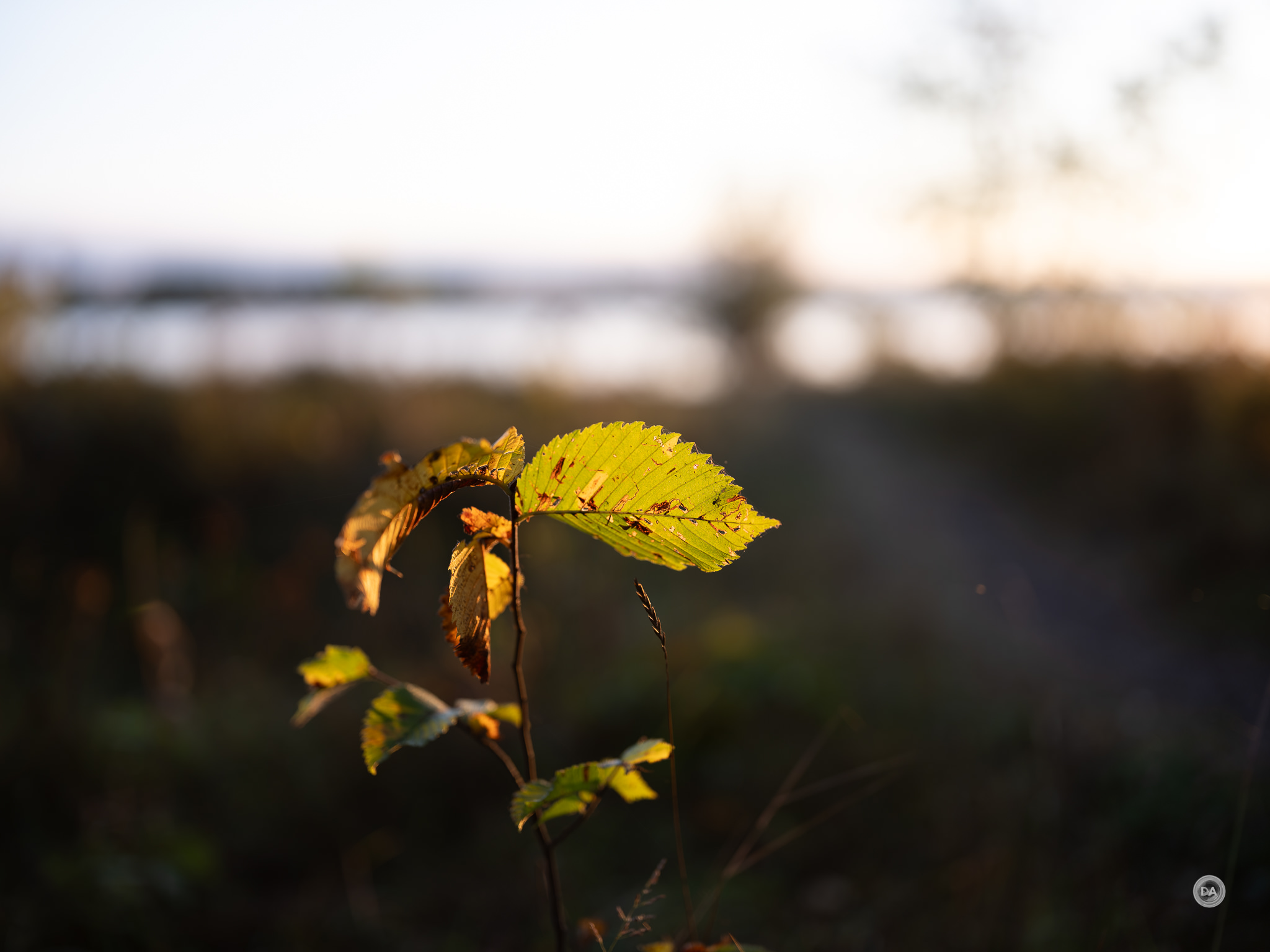

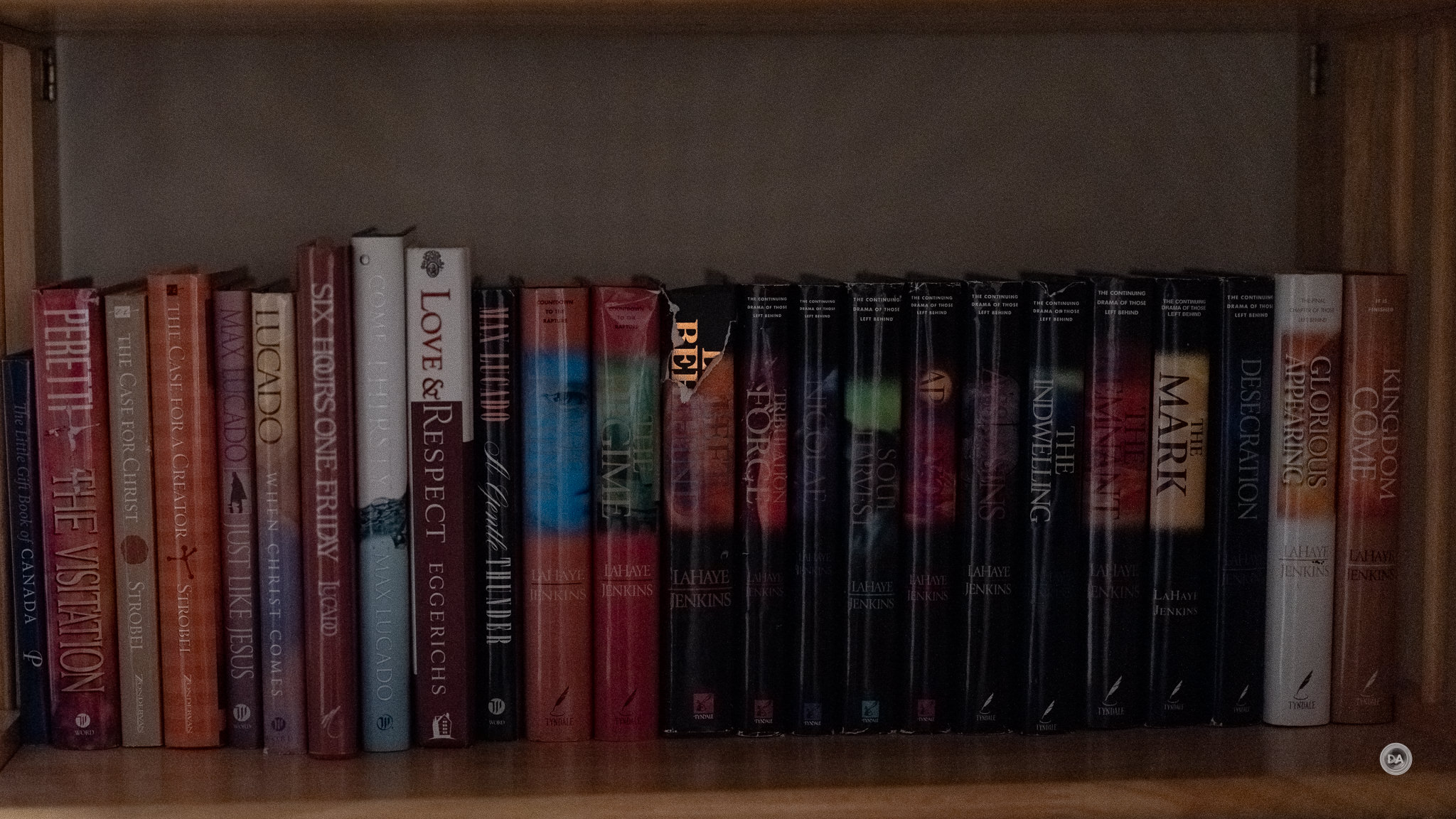
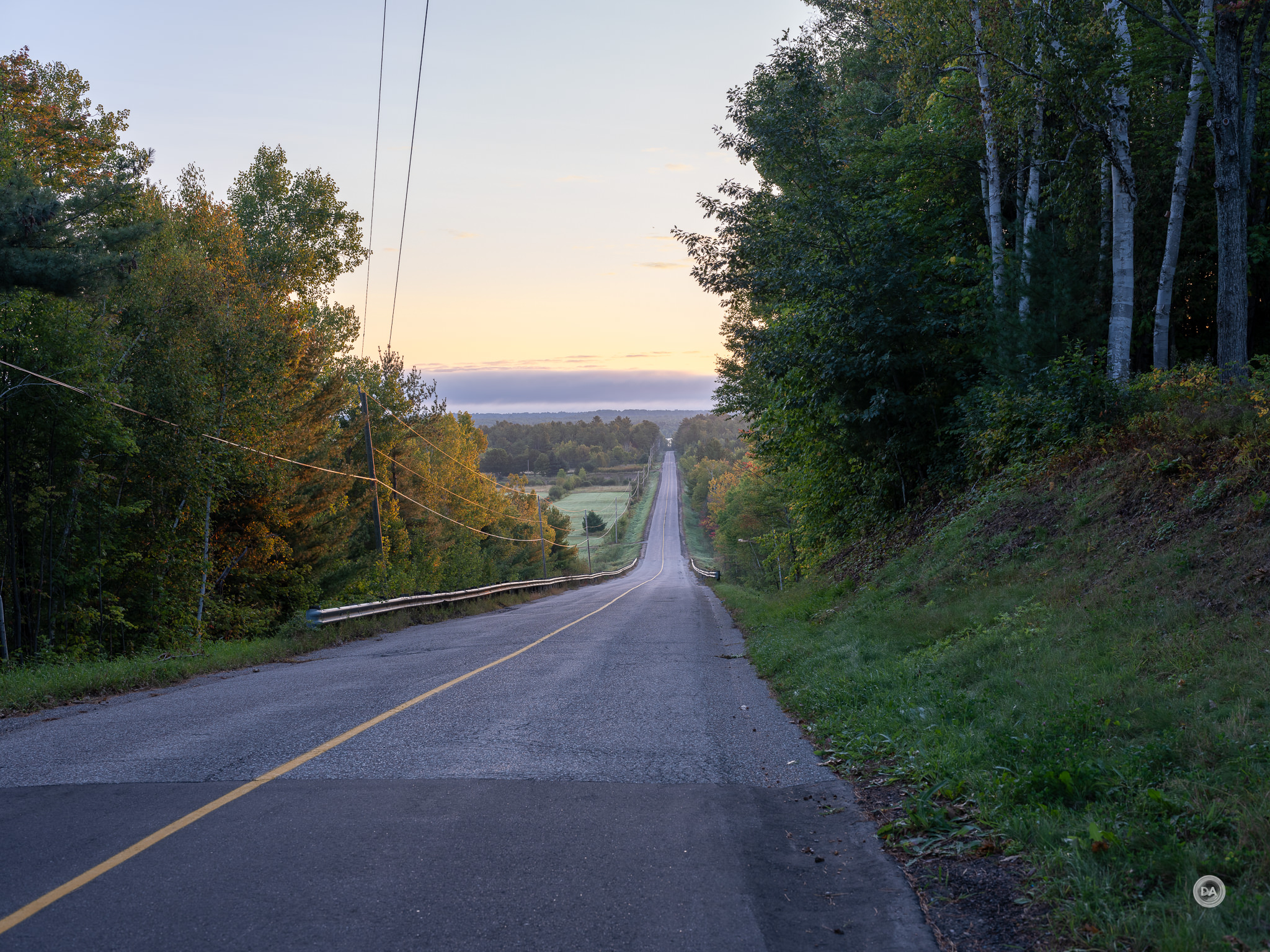











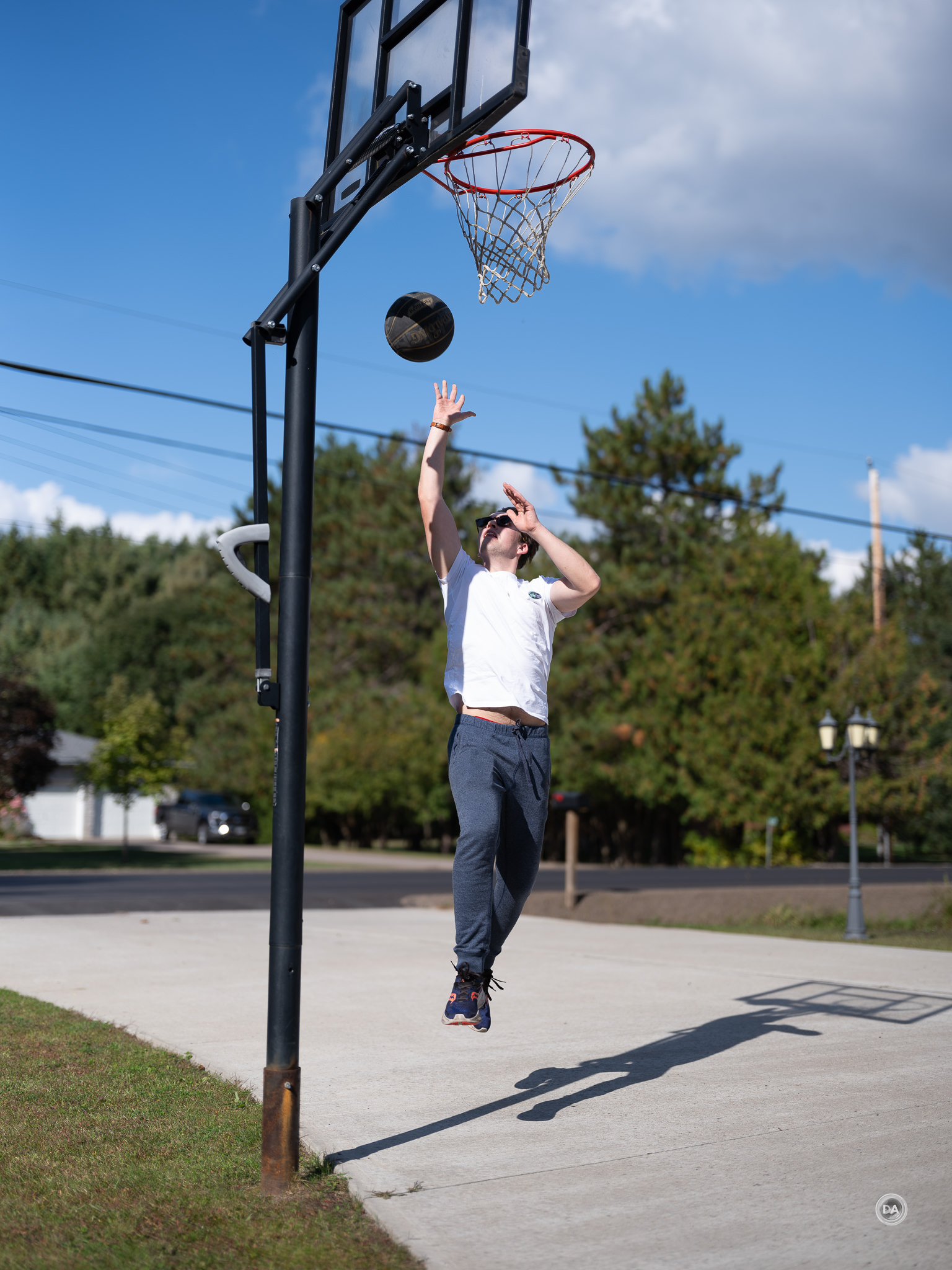


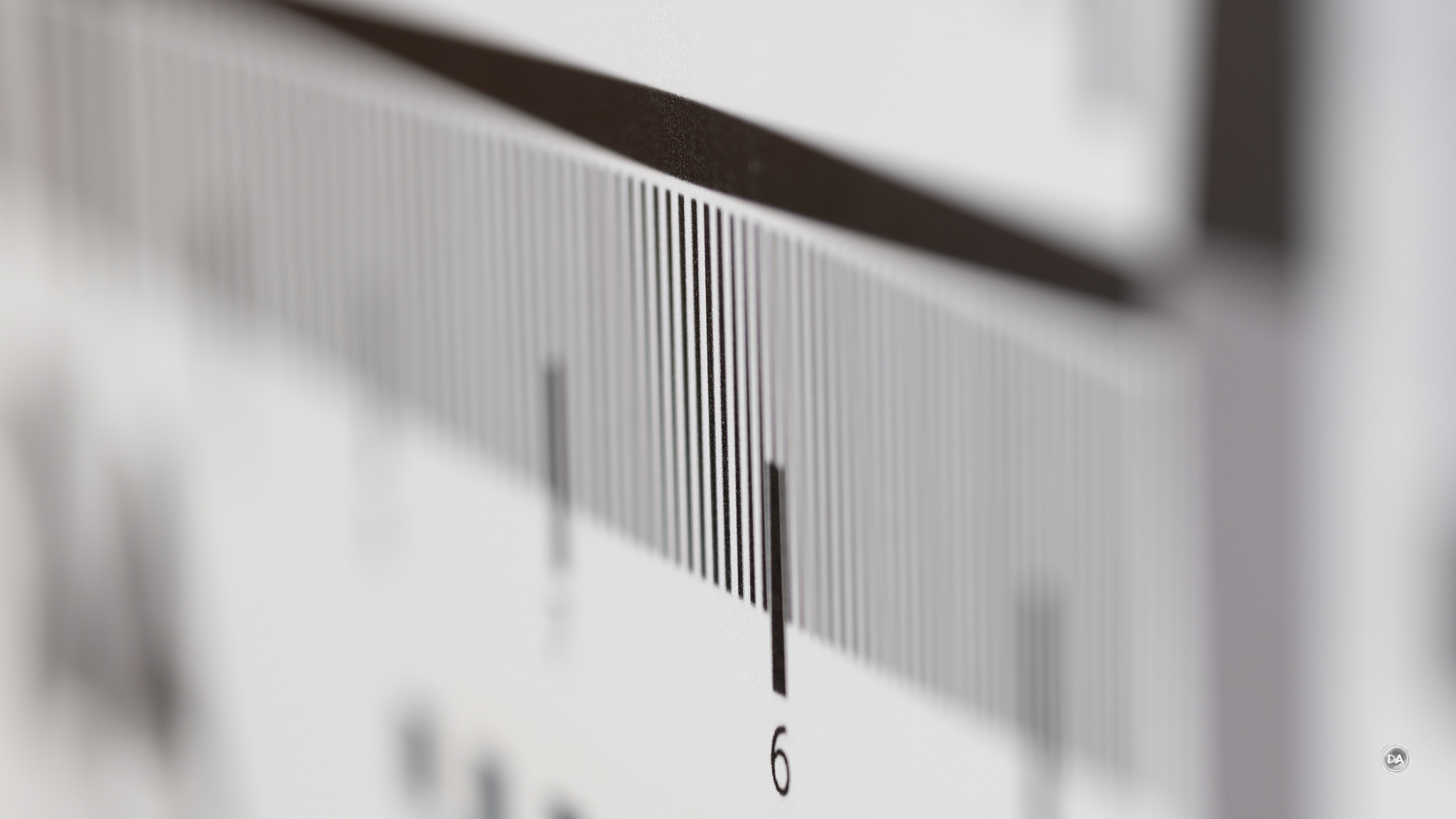
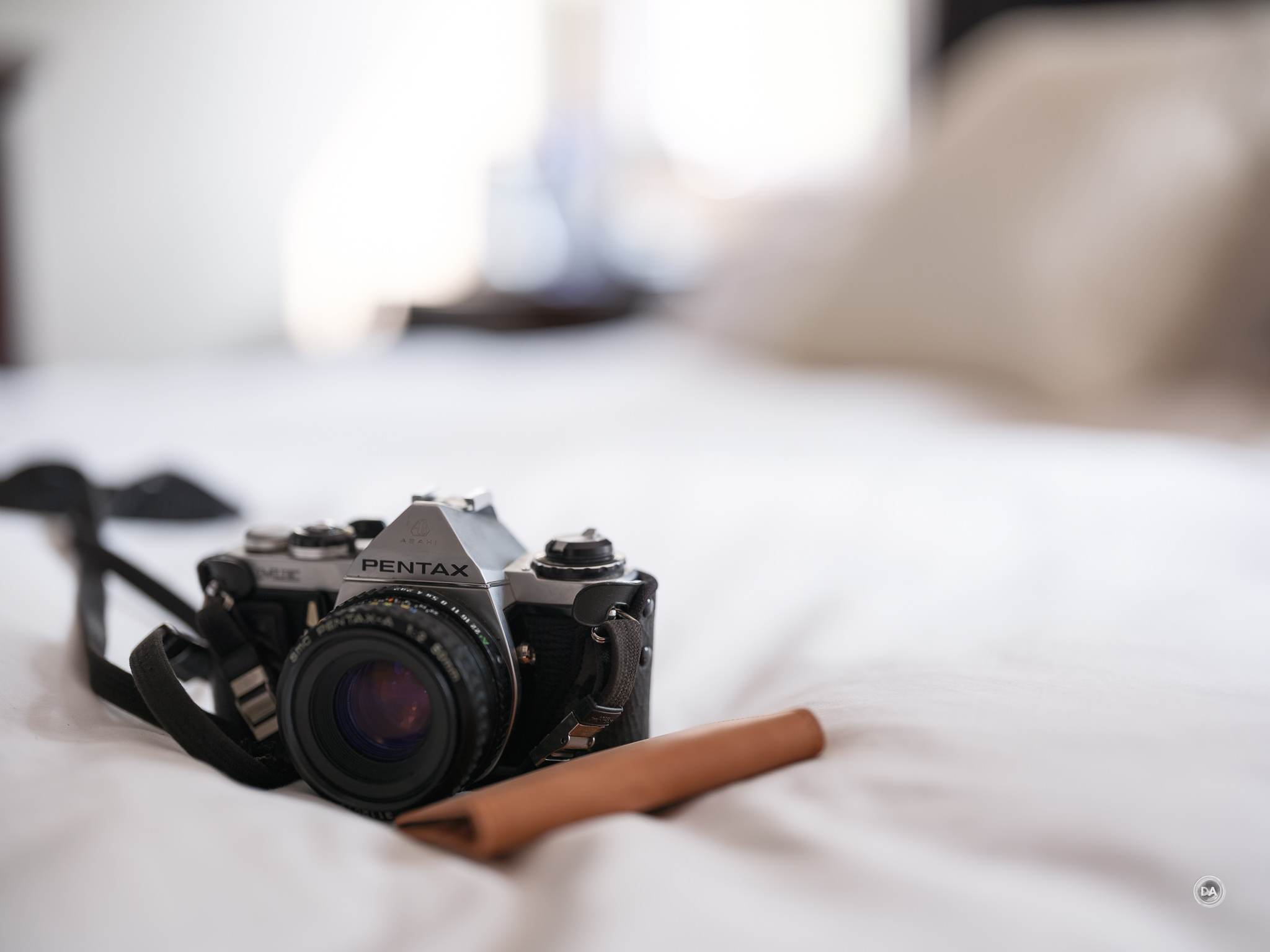
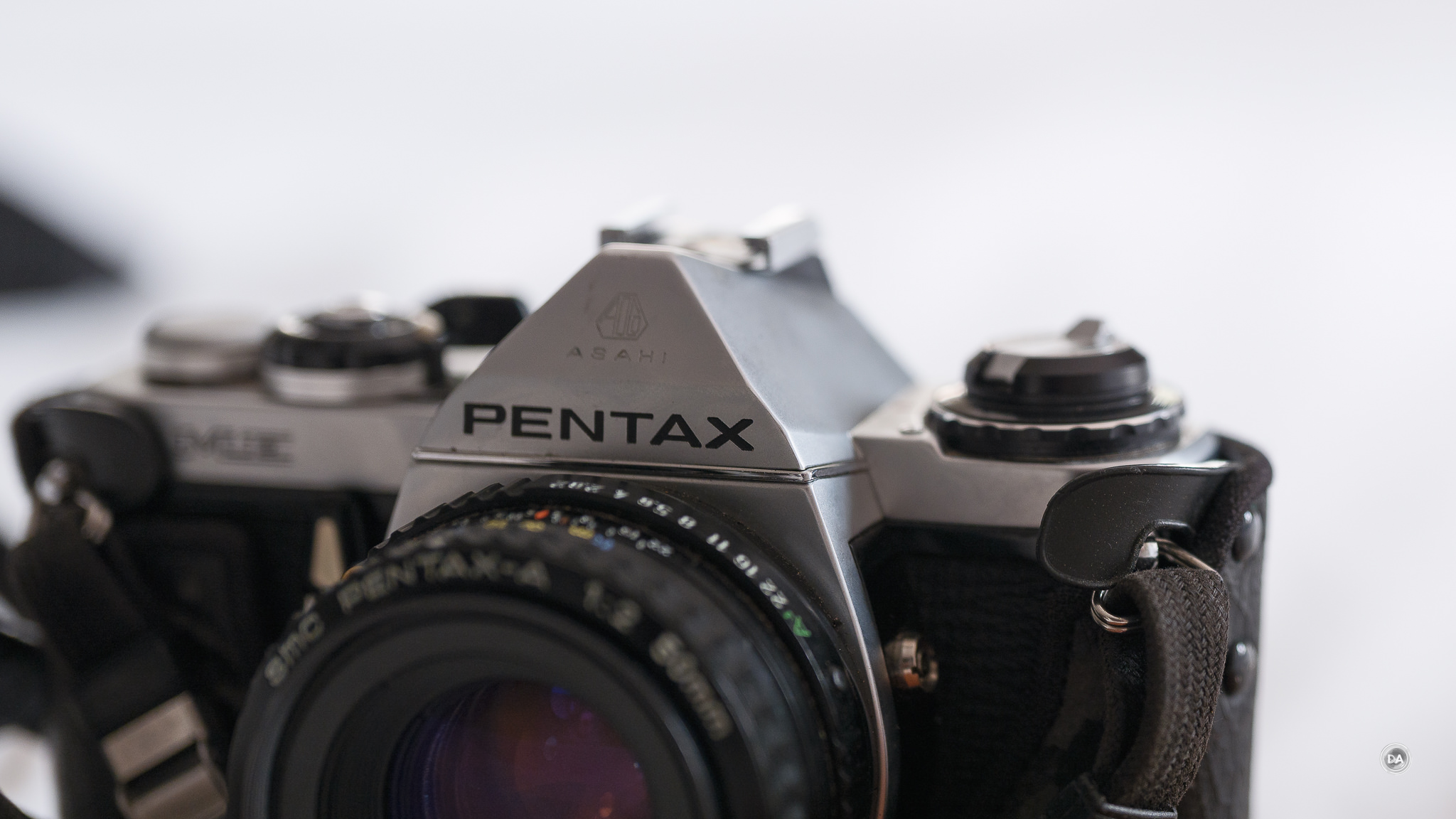


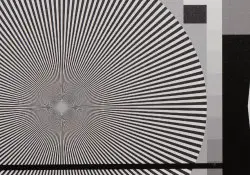






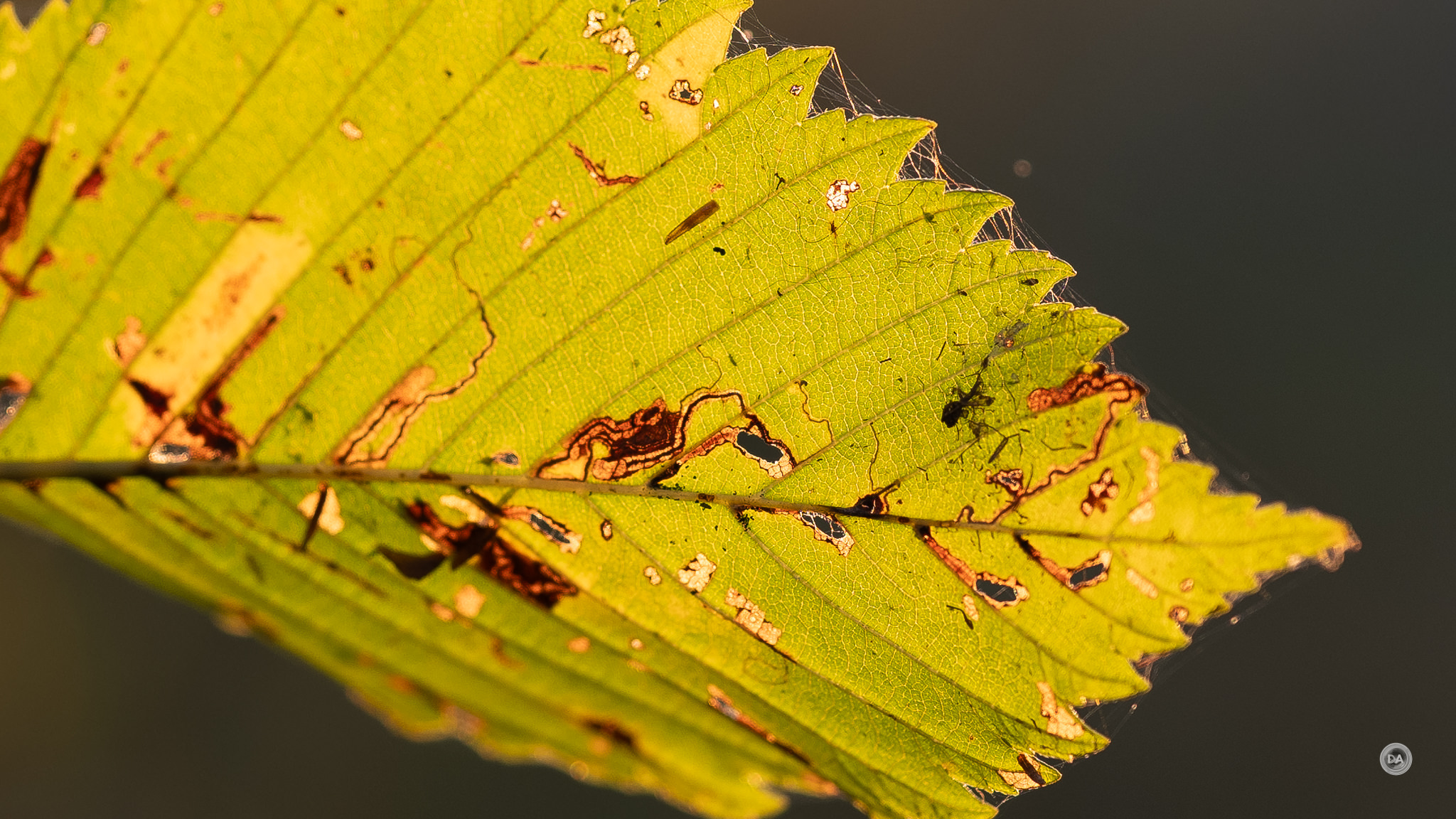

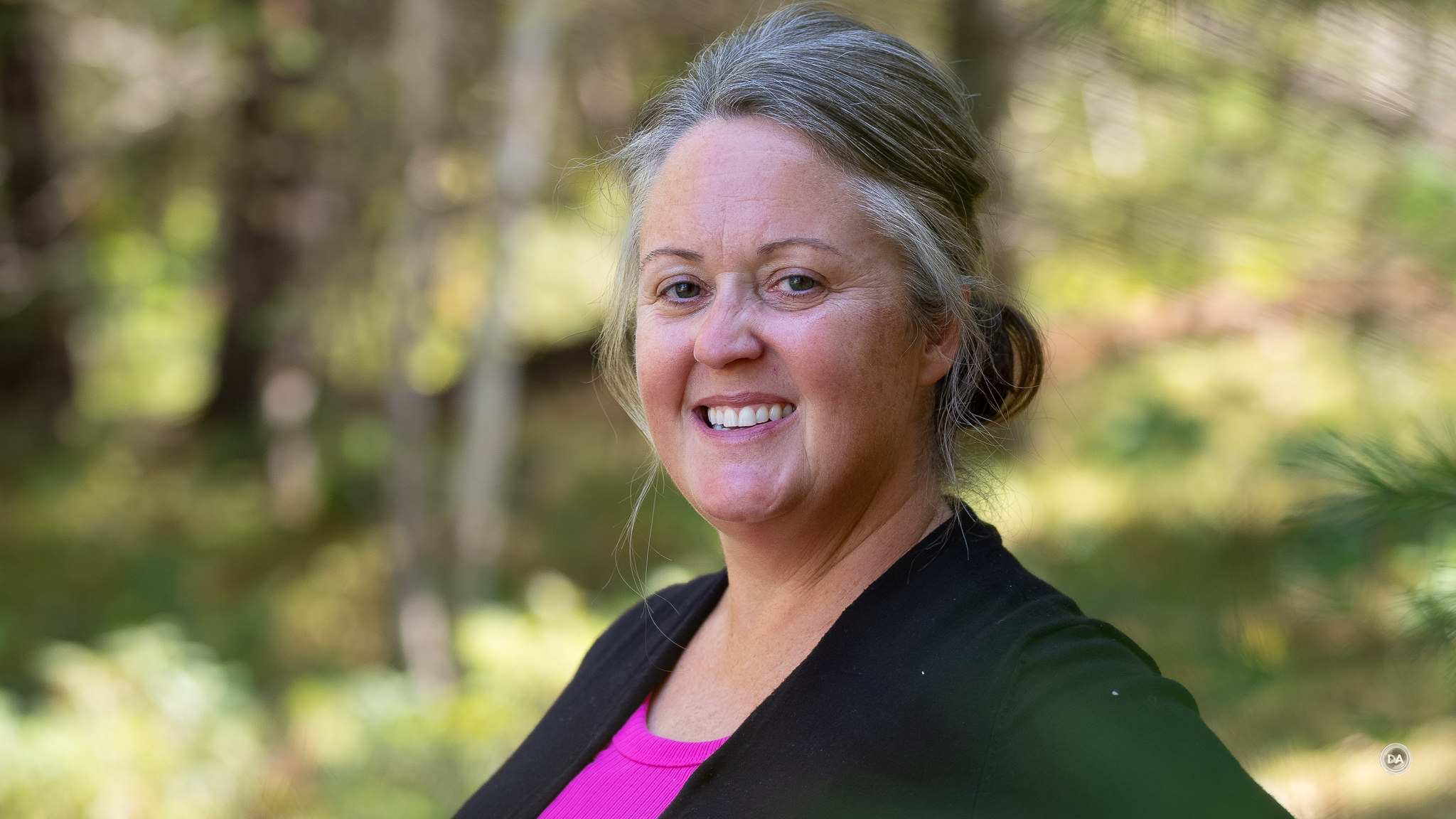
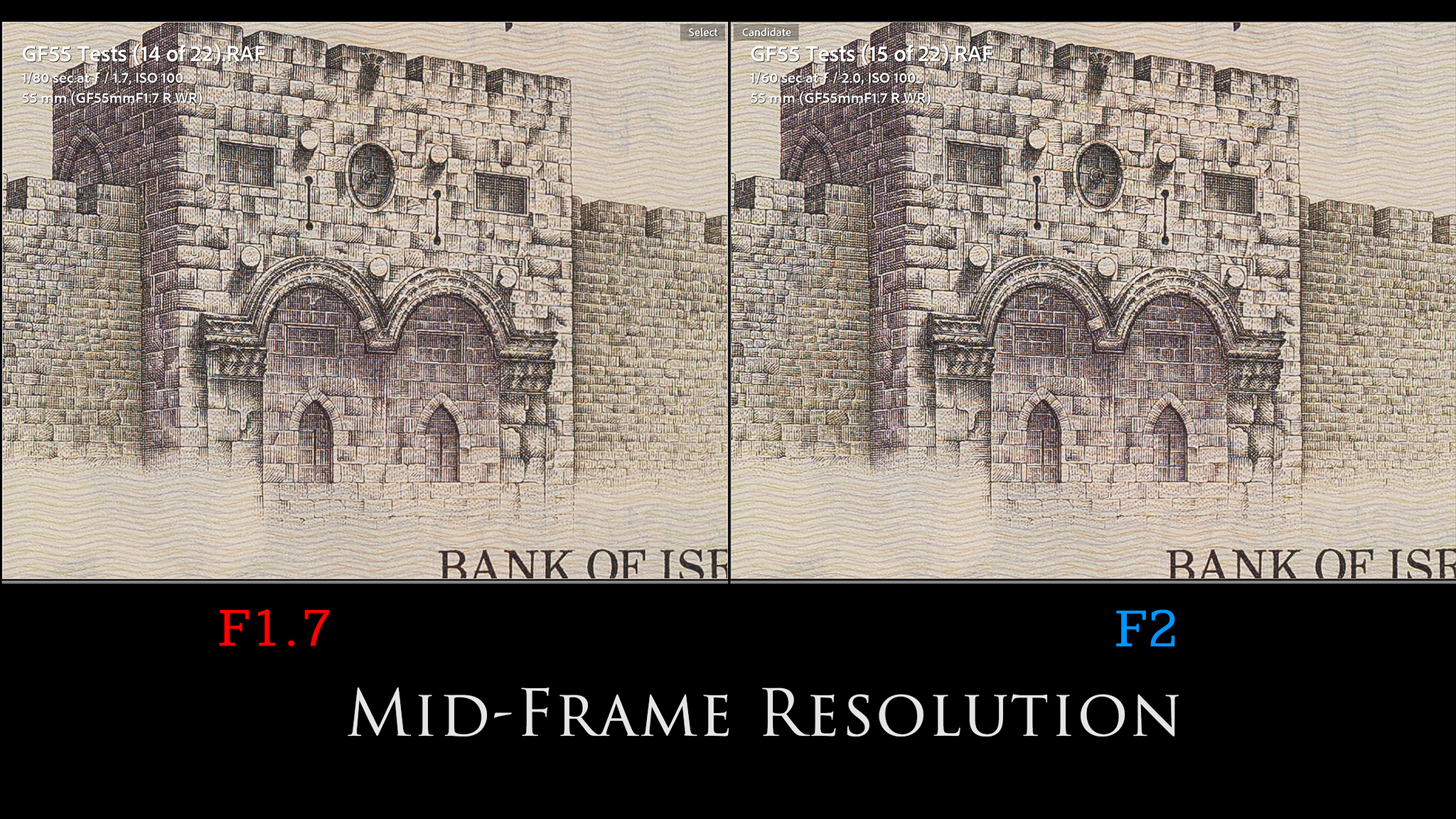


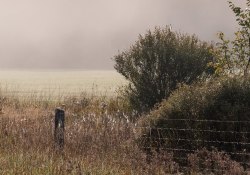
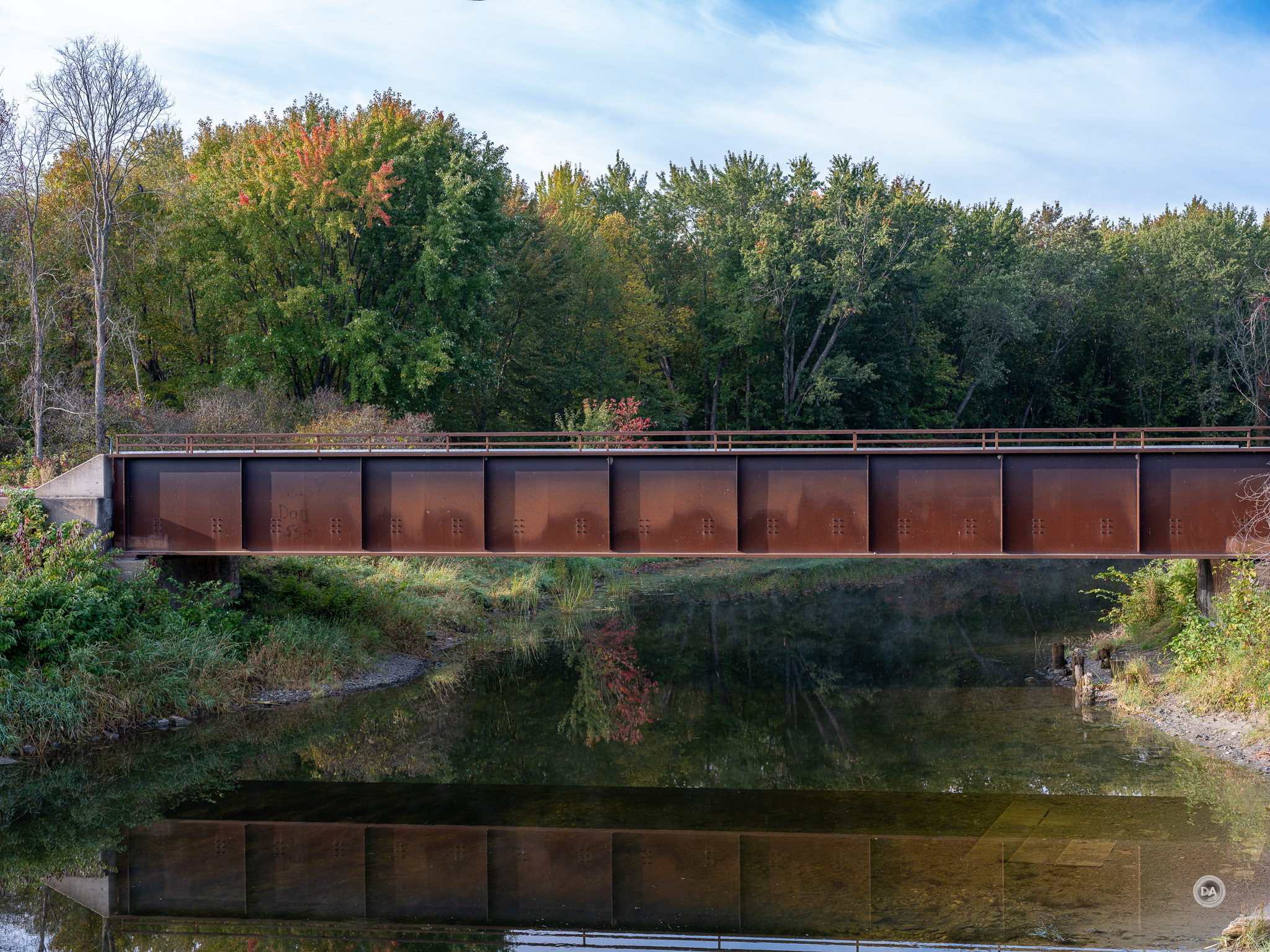
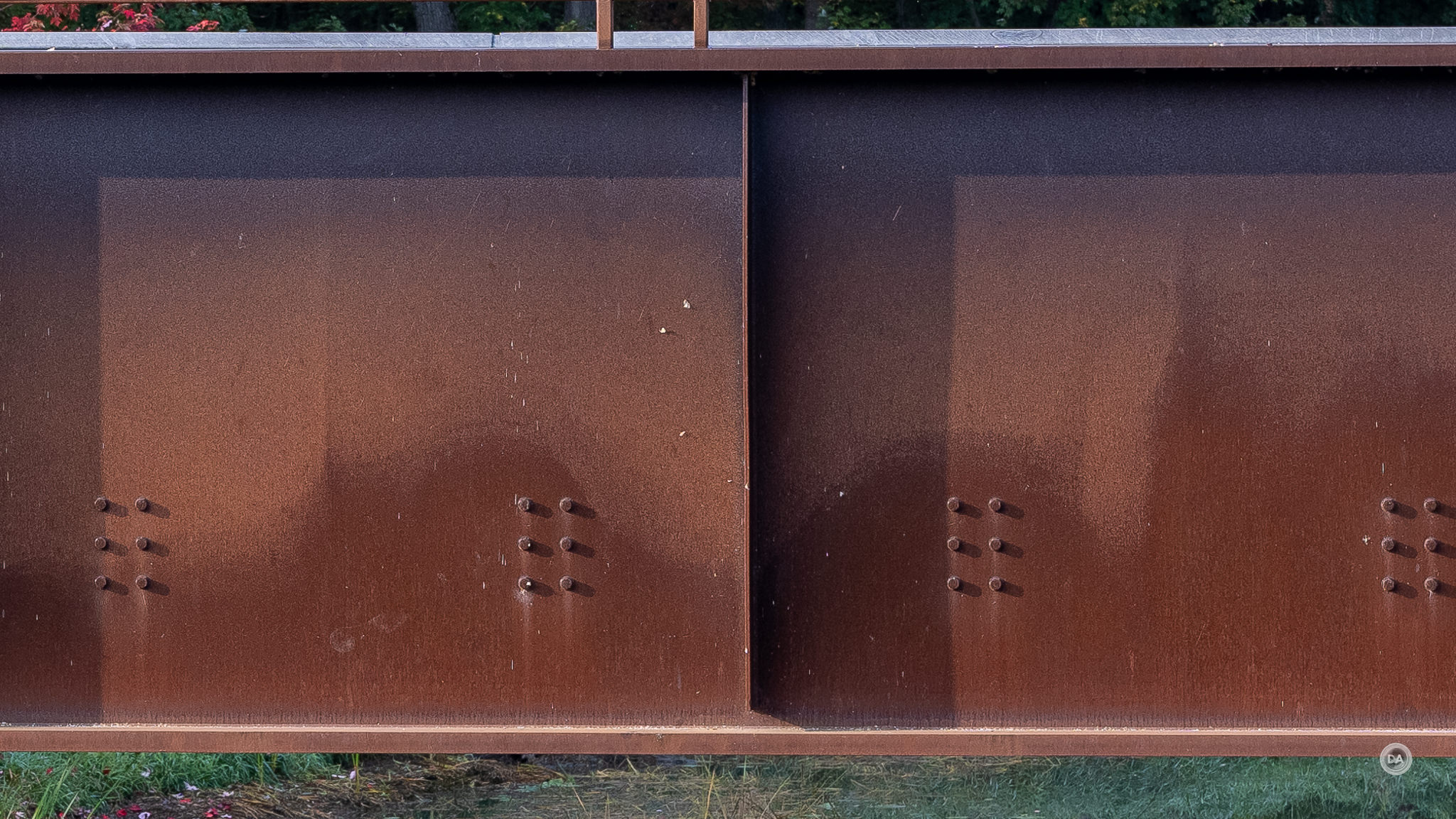


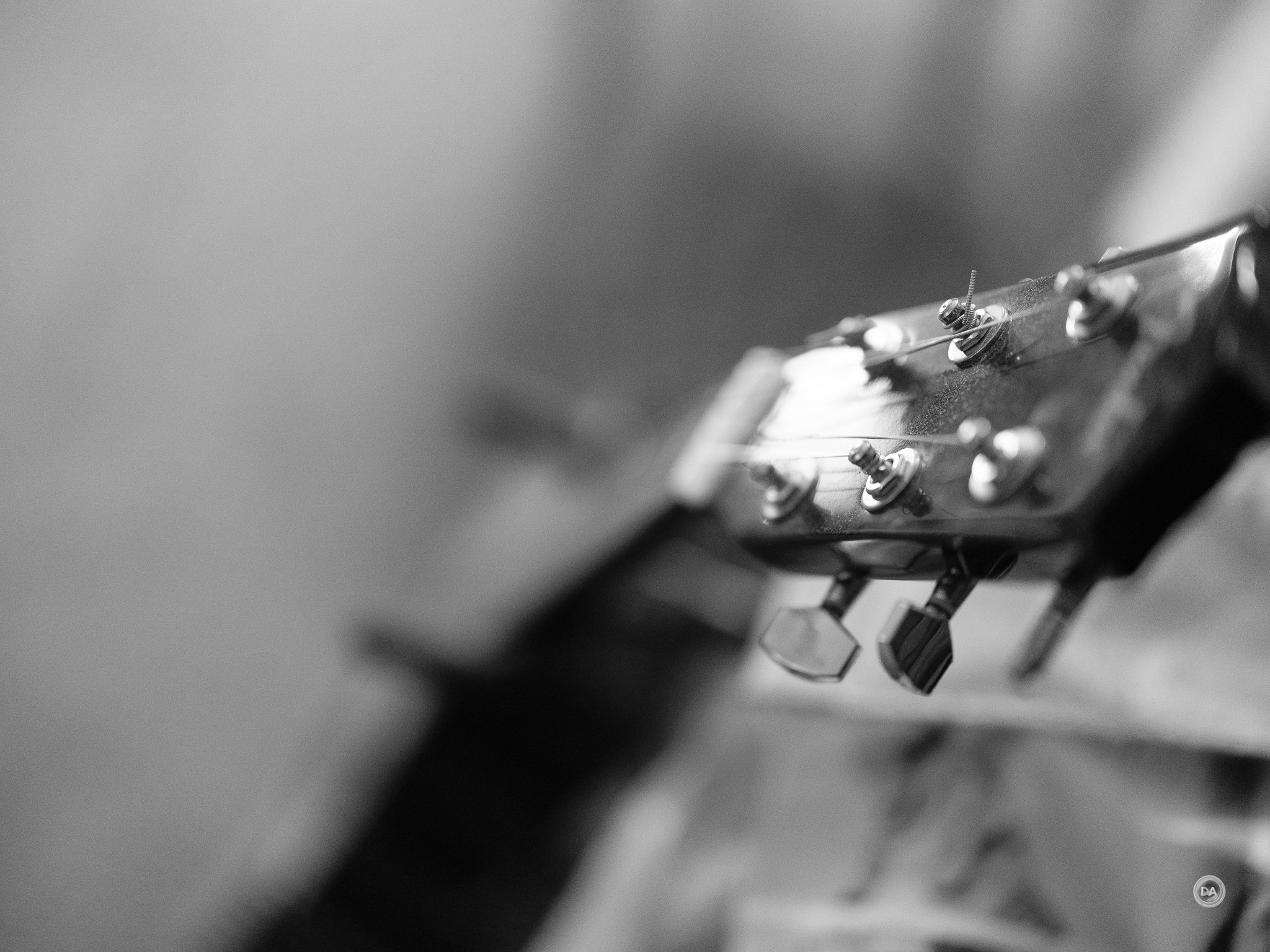
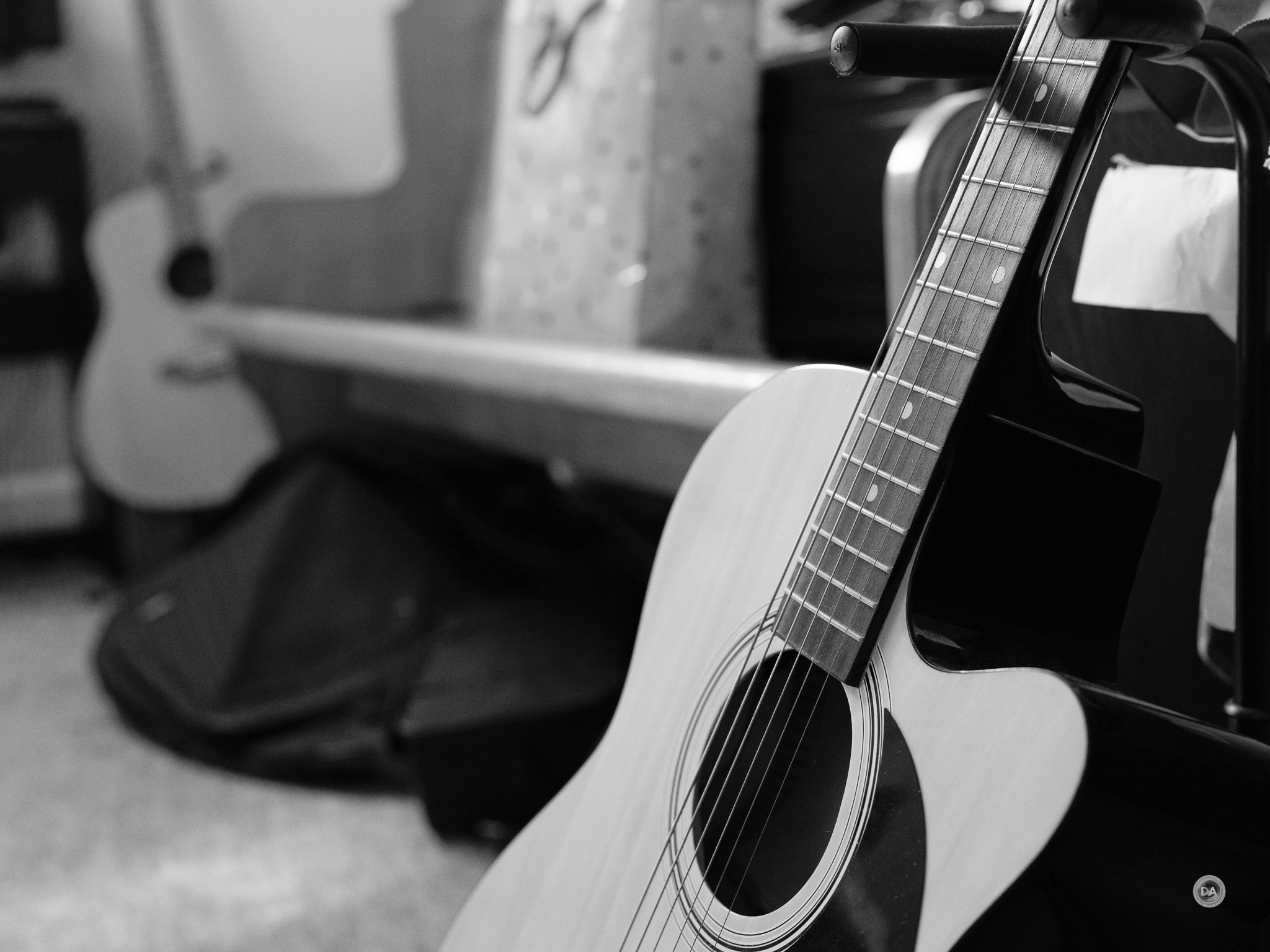
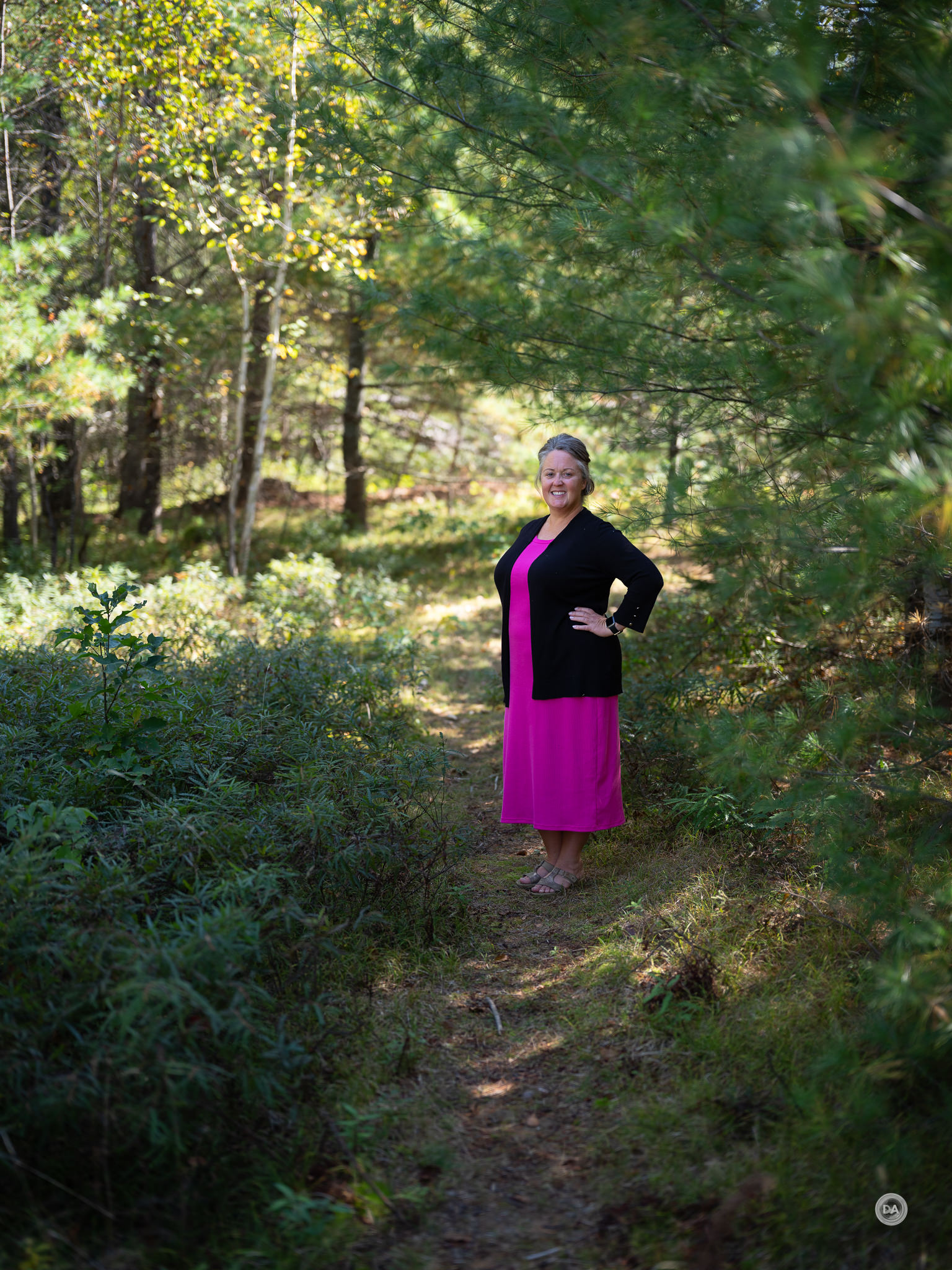

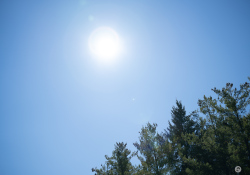

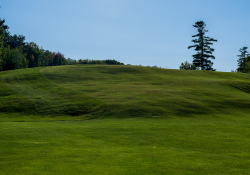

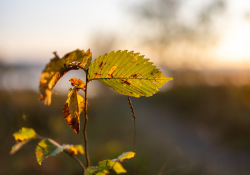

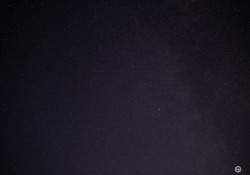

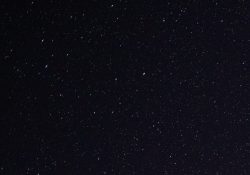
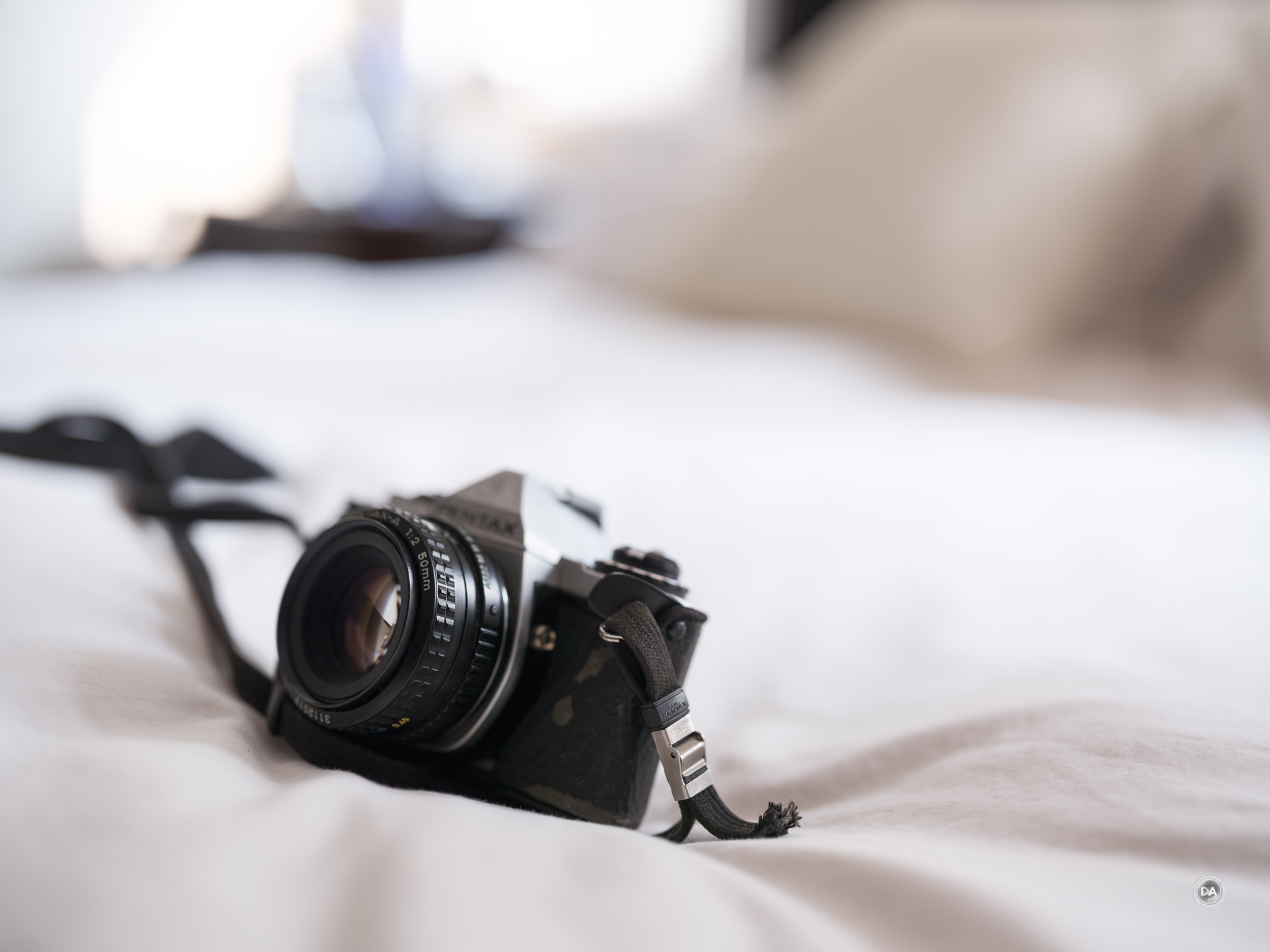
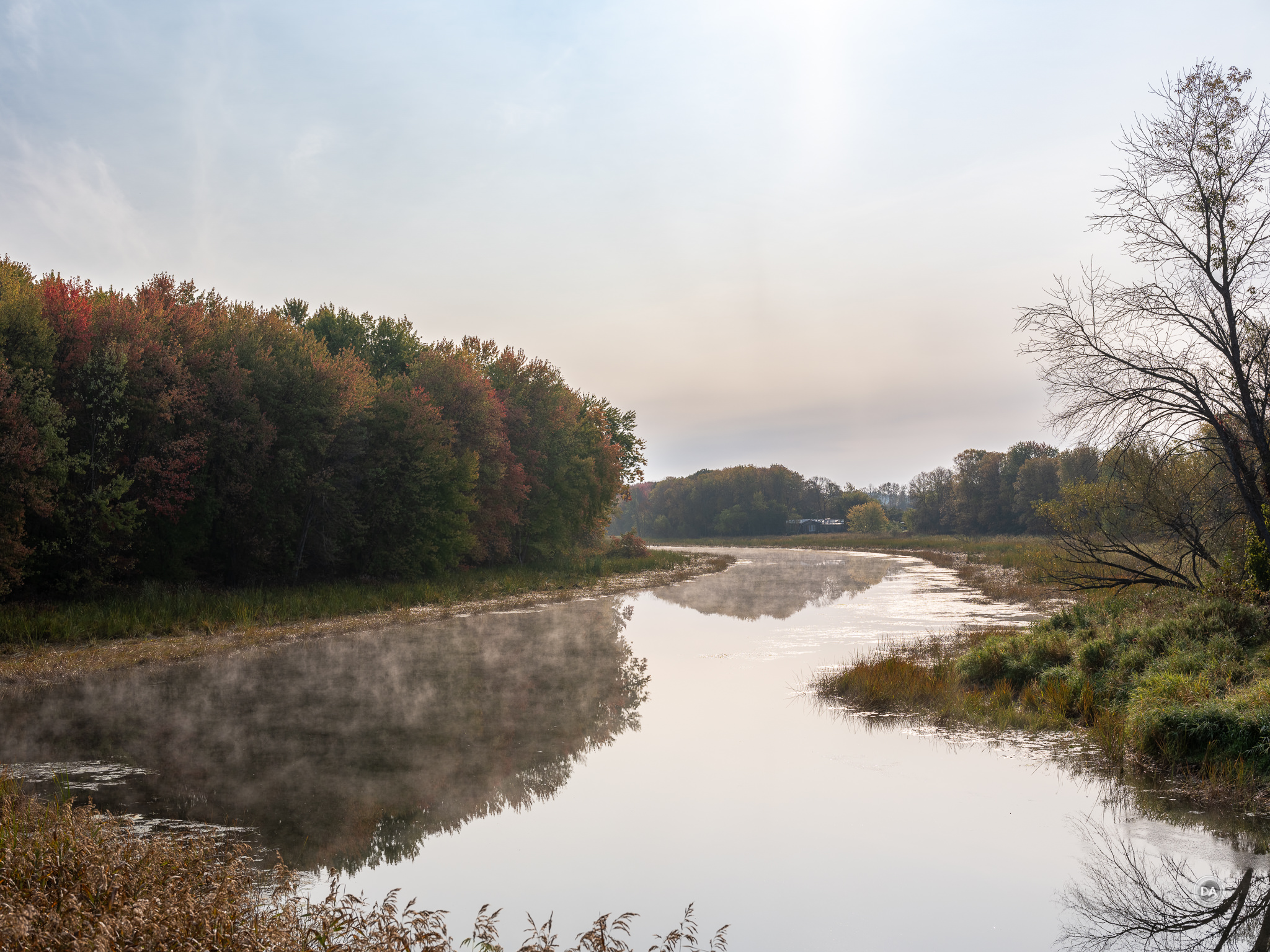
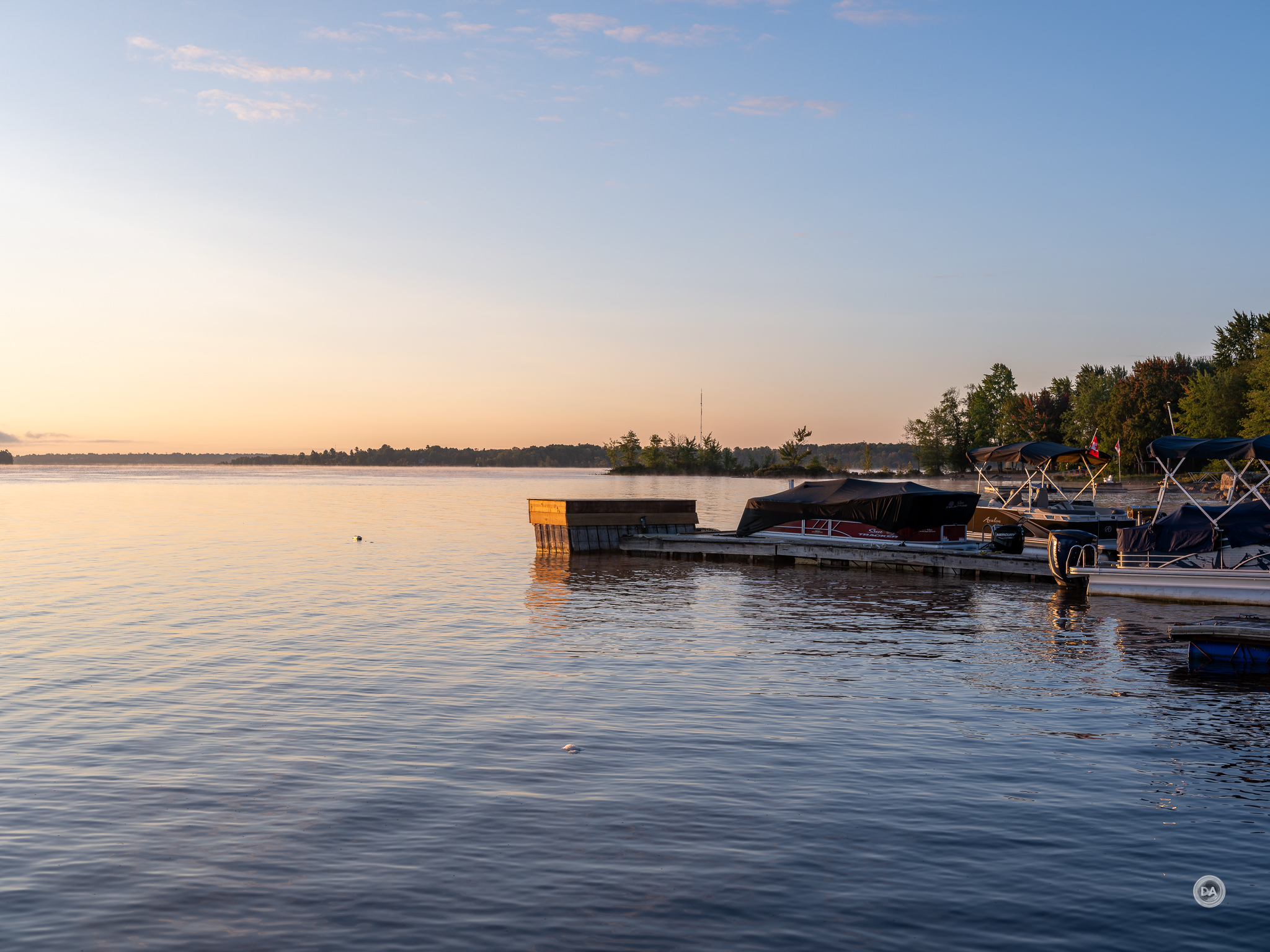

 Viltrox Pro AF 85mm F1.4 FE Gallery
Viltrox Pro AF 85mm F1.4 FE Gallery  Viltrox AF 85mm F1.4 PRO FE Review
Viltrox AF 85mm F1.4 PRO FE Review  Yongnuo YN 35mm F1.8 ART Gallery
Yongnuo YN 35mm F1.8 ART Gallery  Yongnuo YN 35mm F1.8 DA ART Review
Yongnuo YN 35mm F1.8 DA ART Review 


